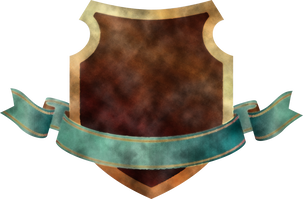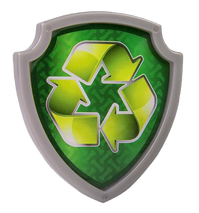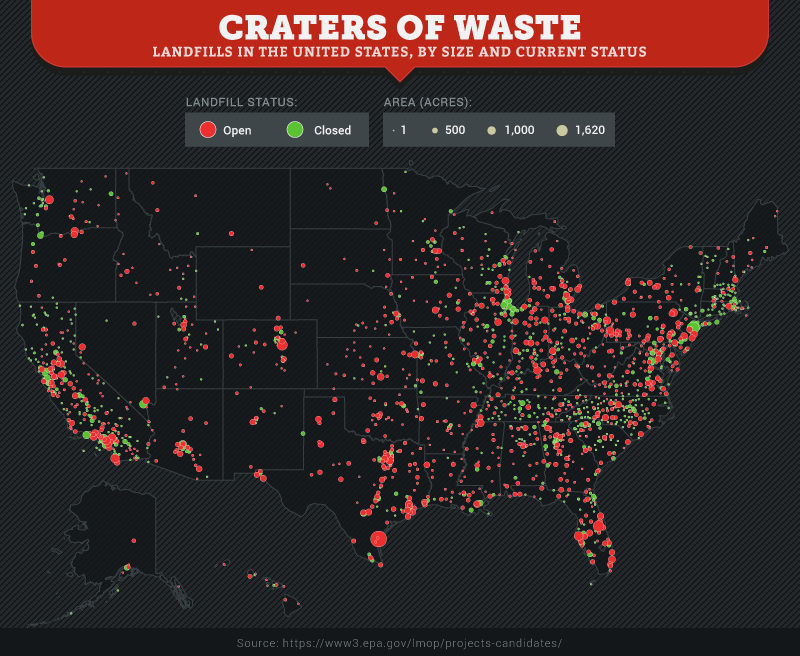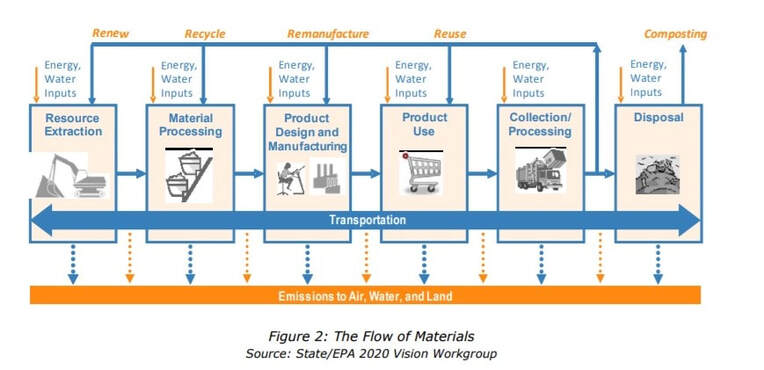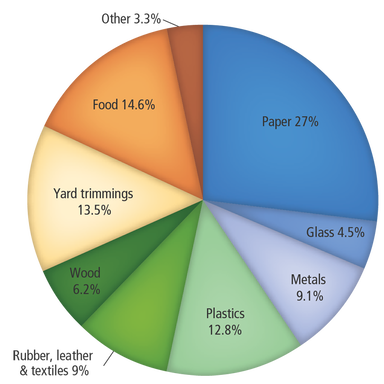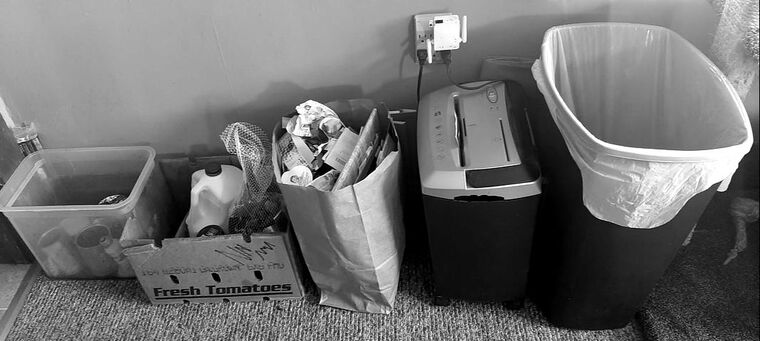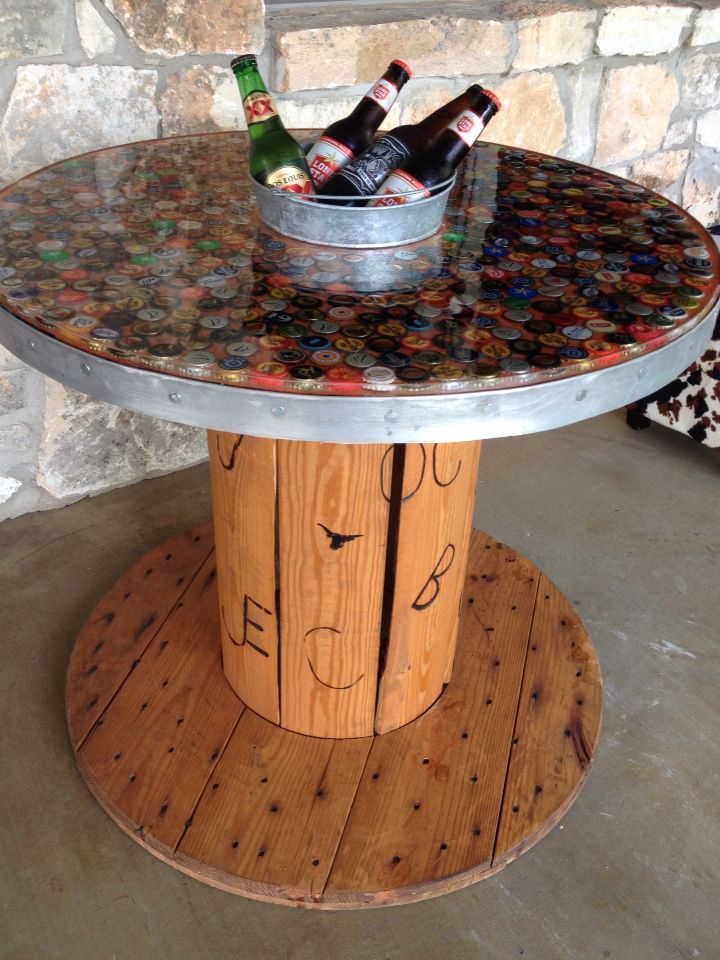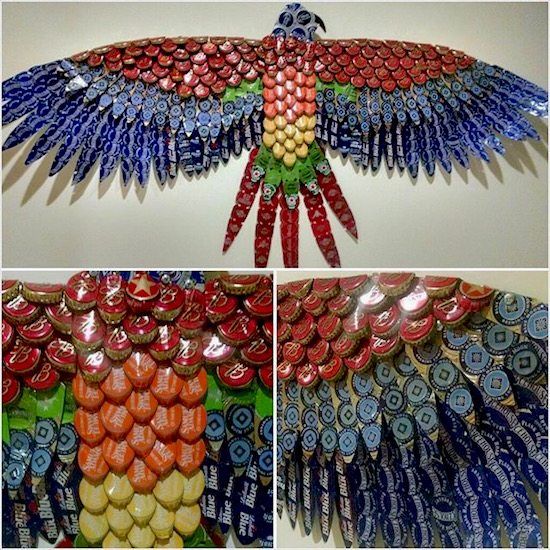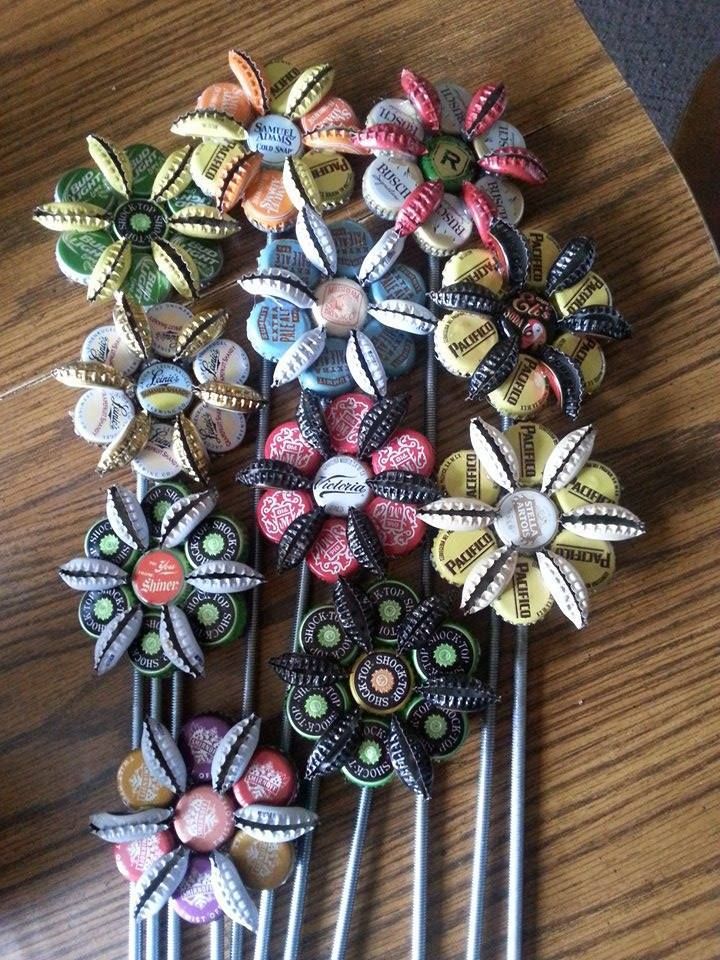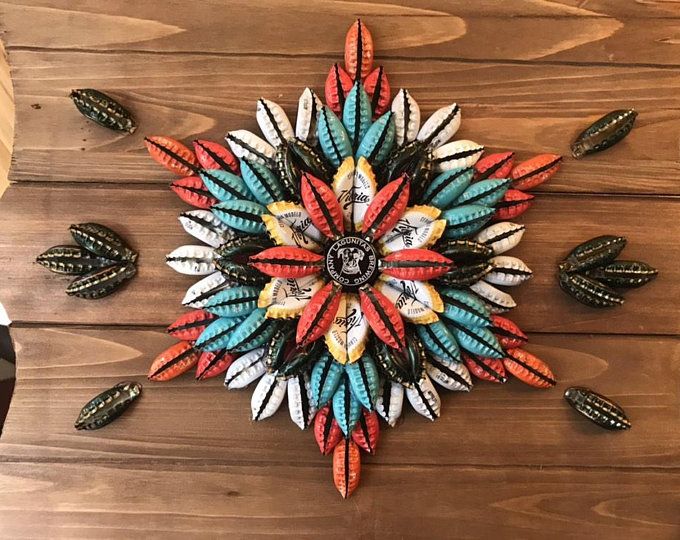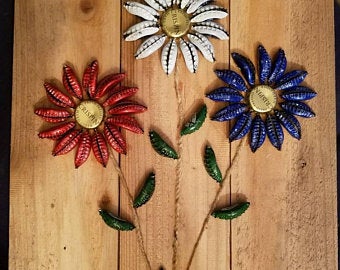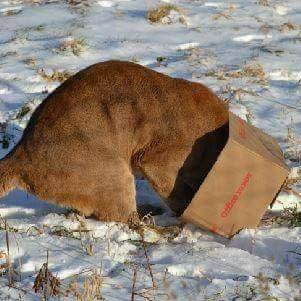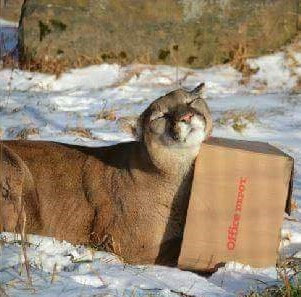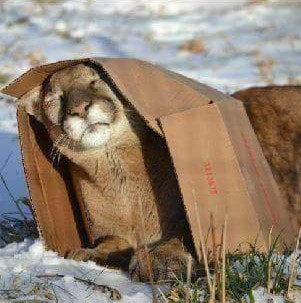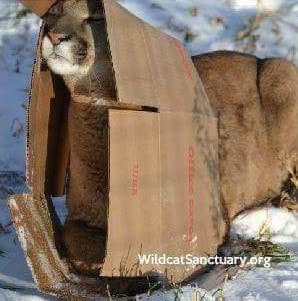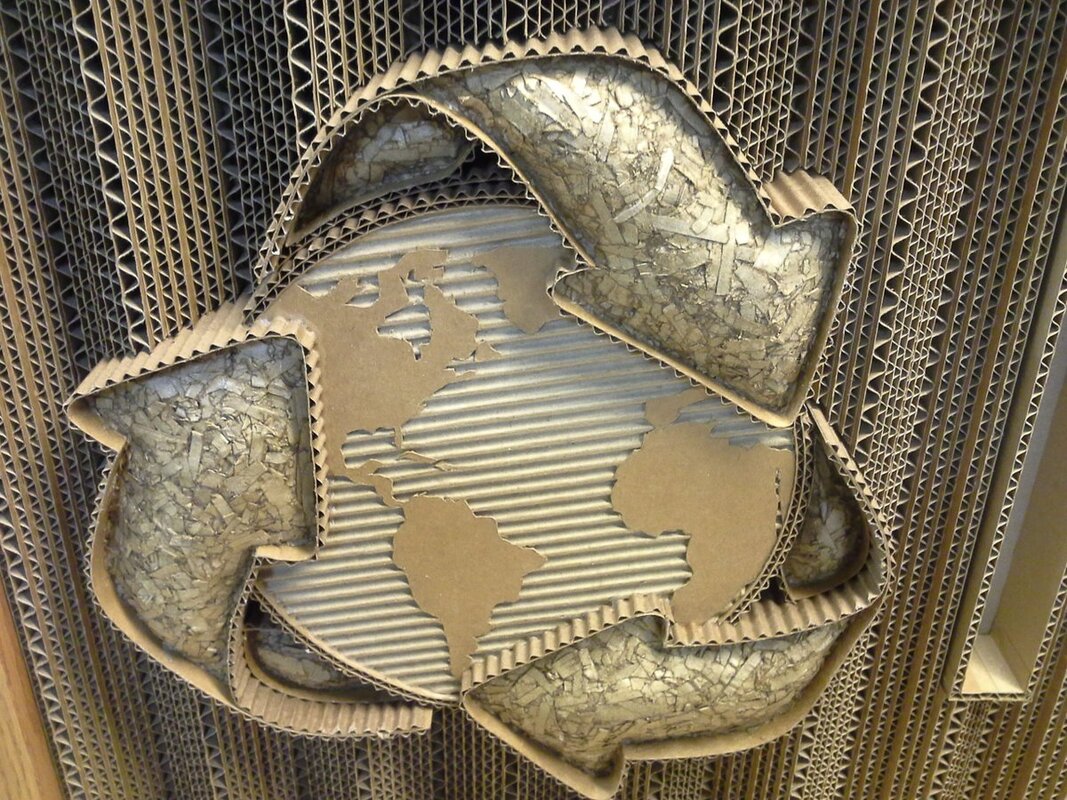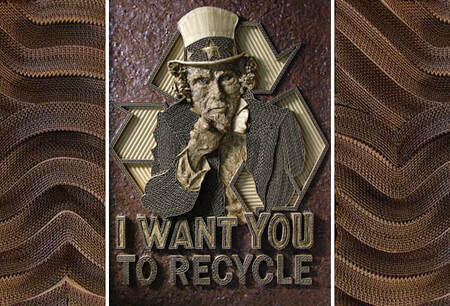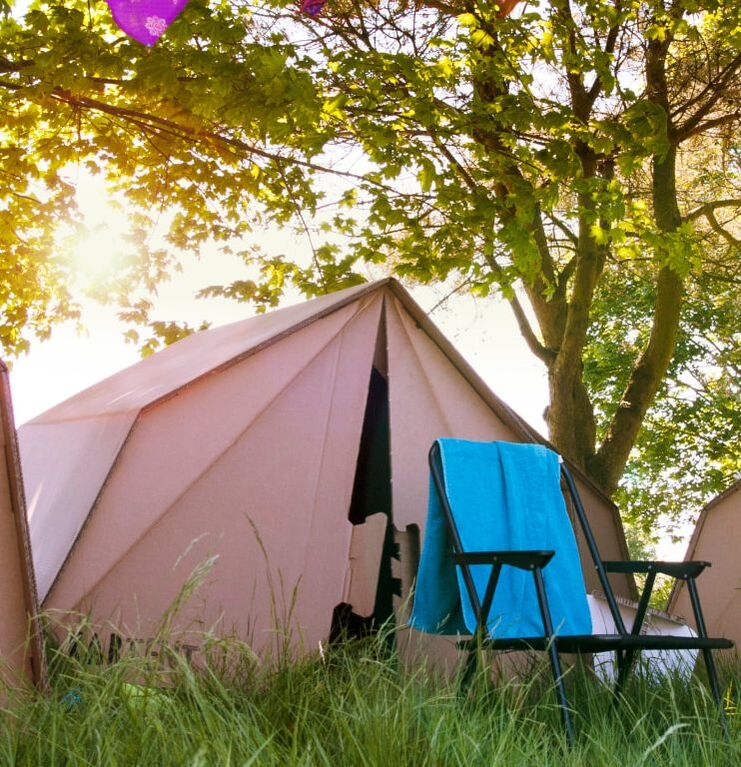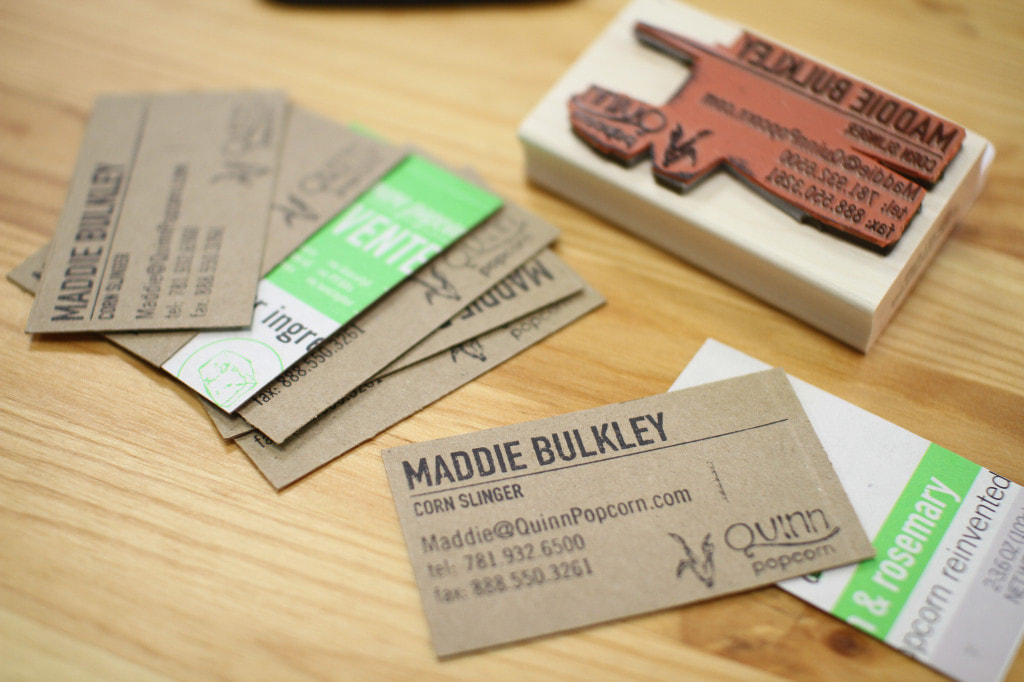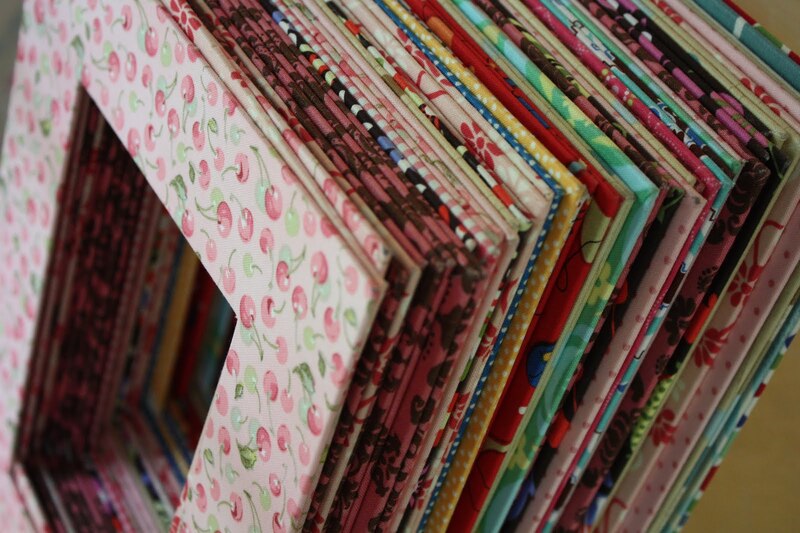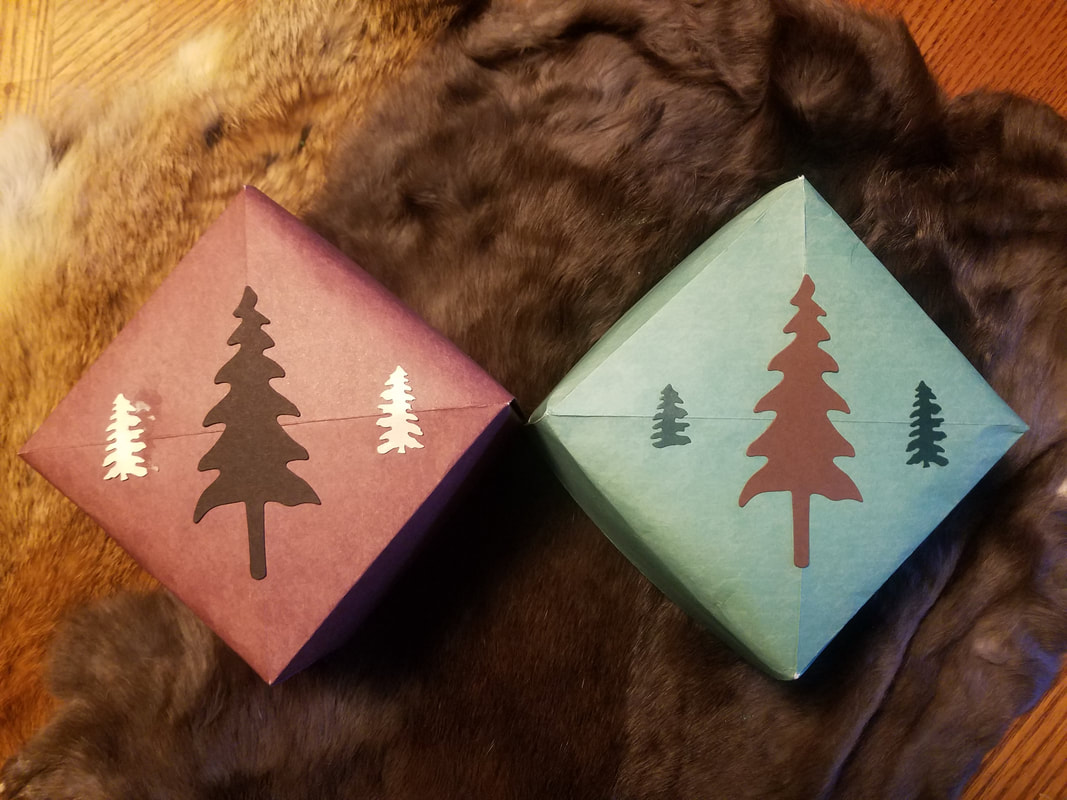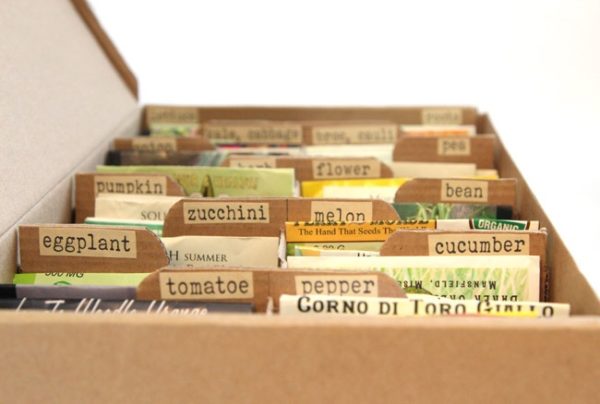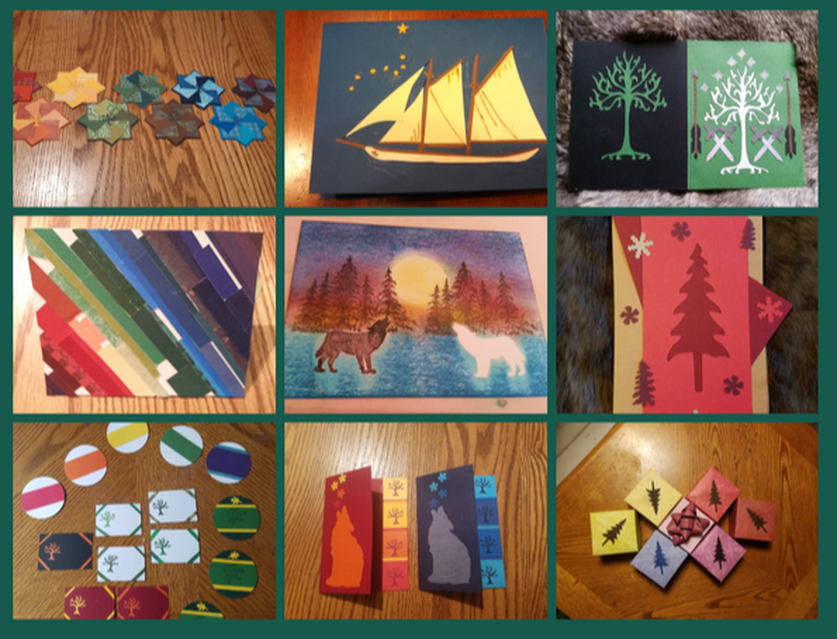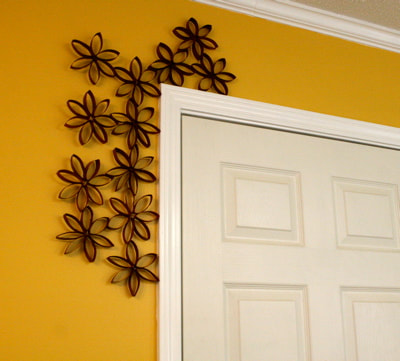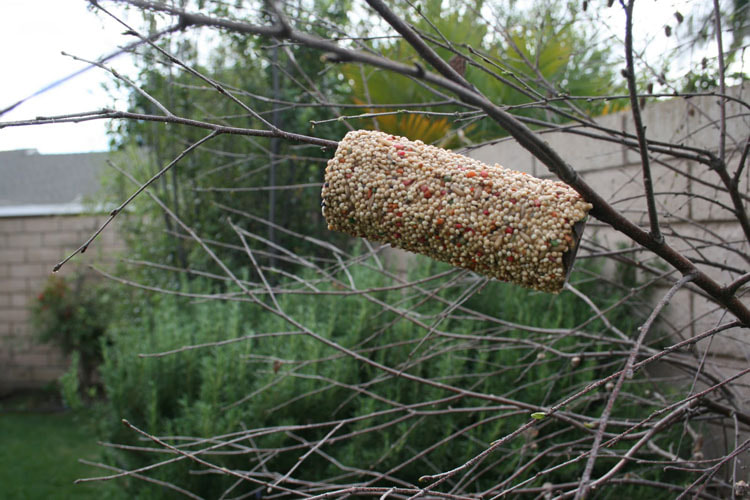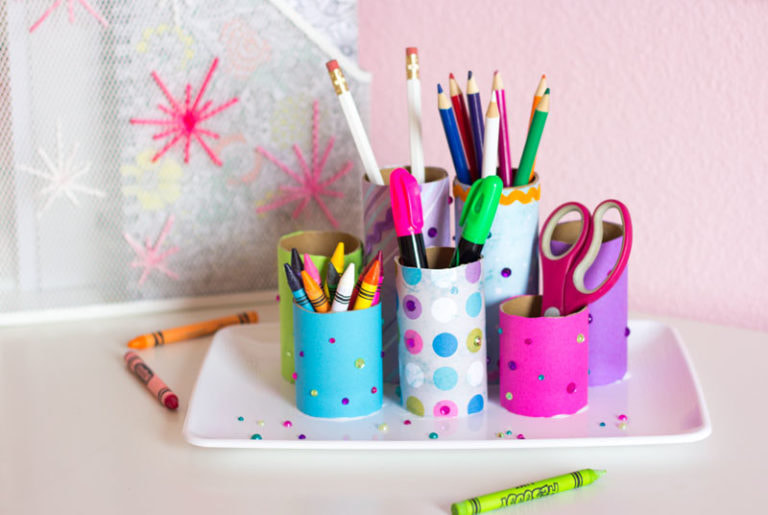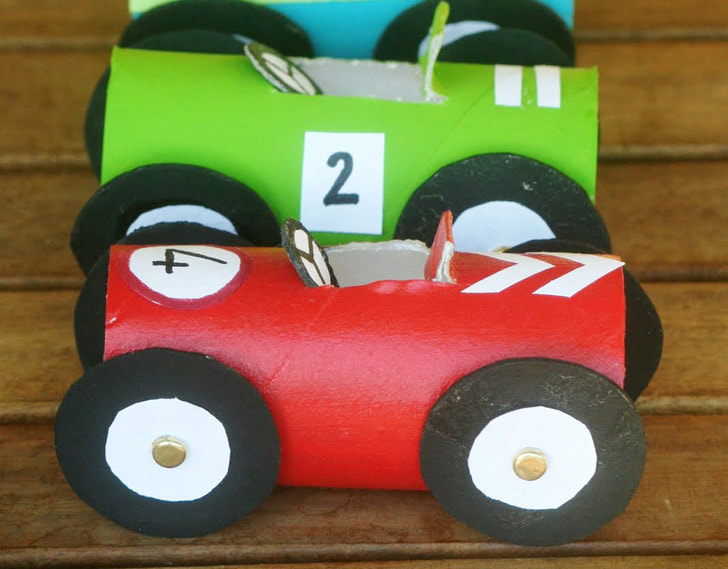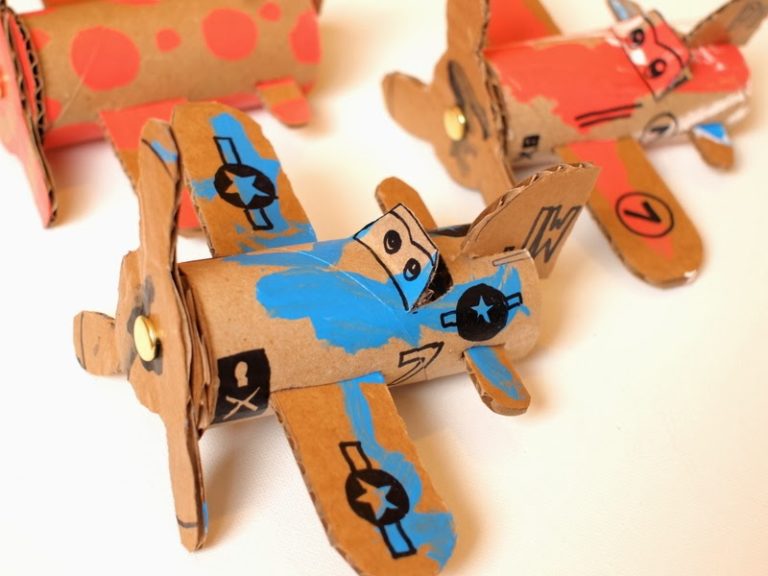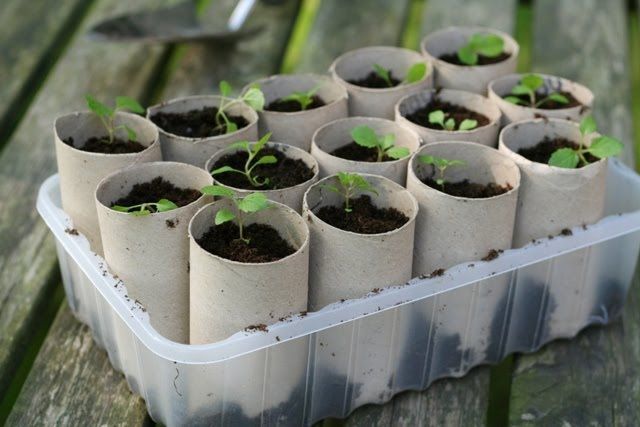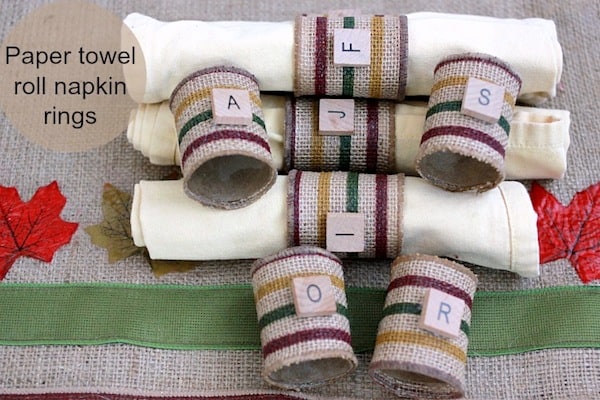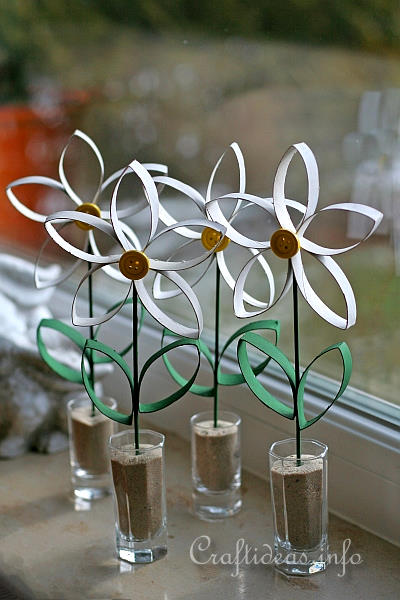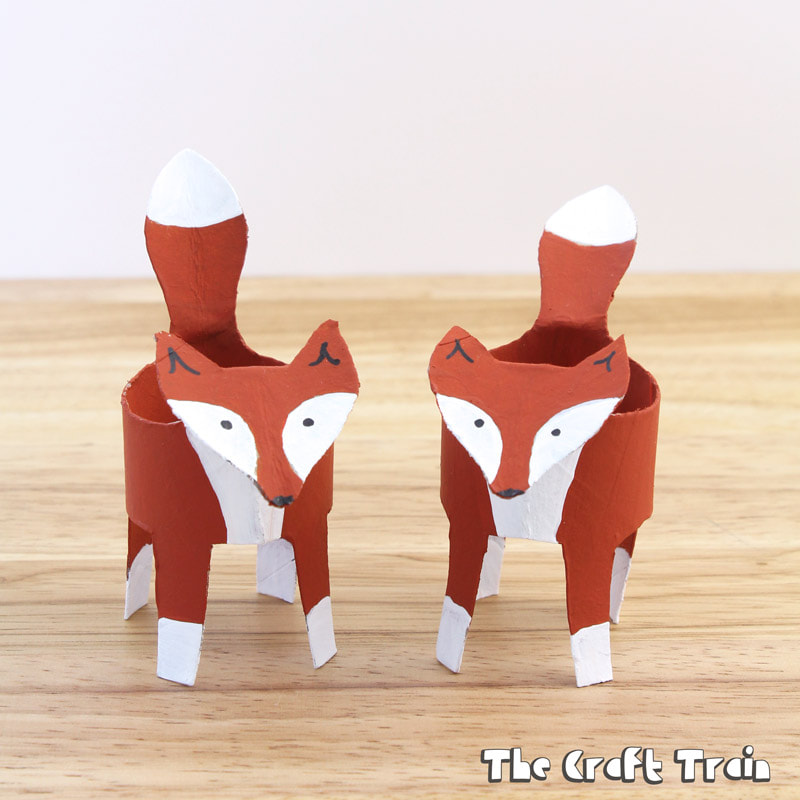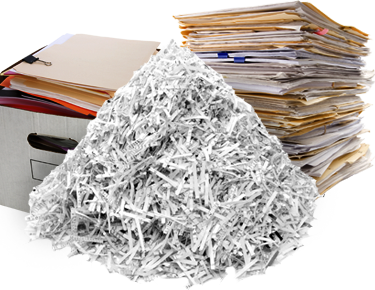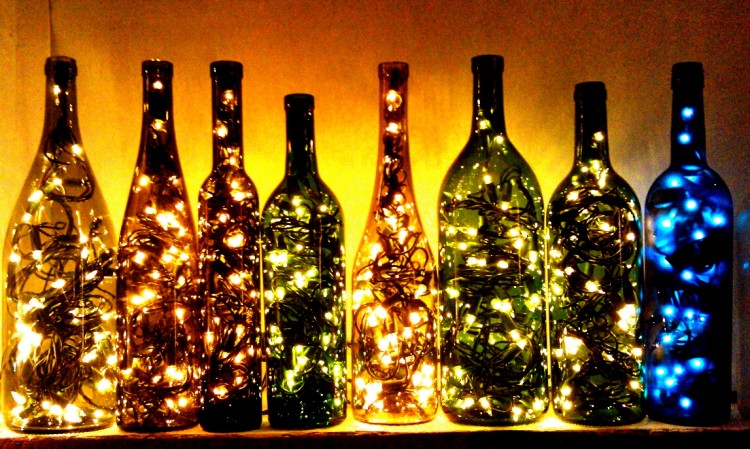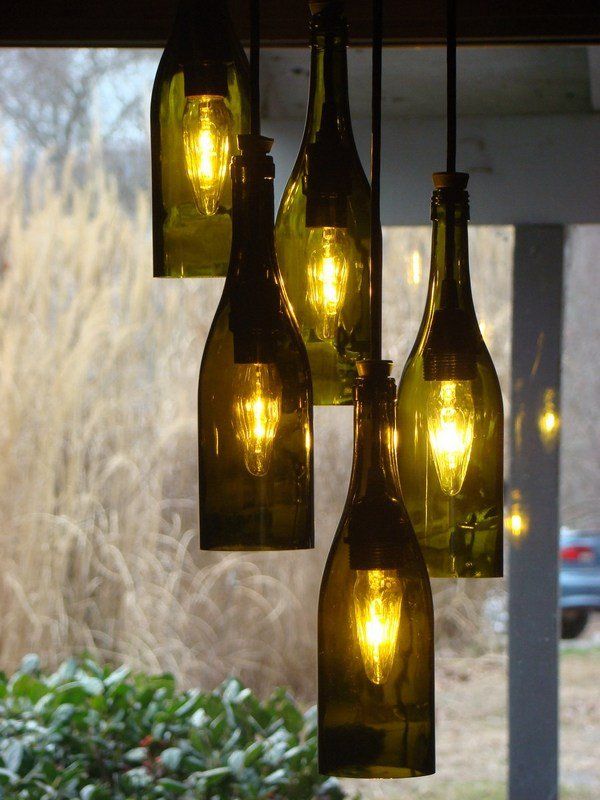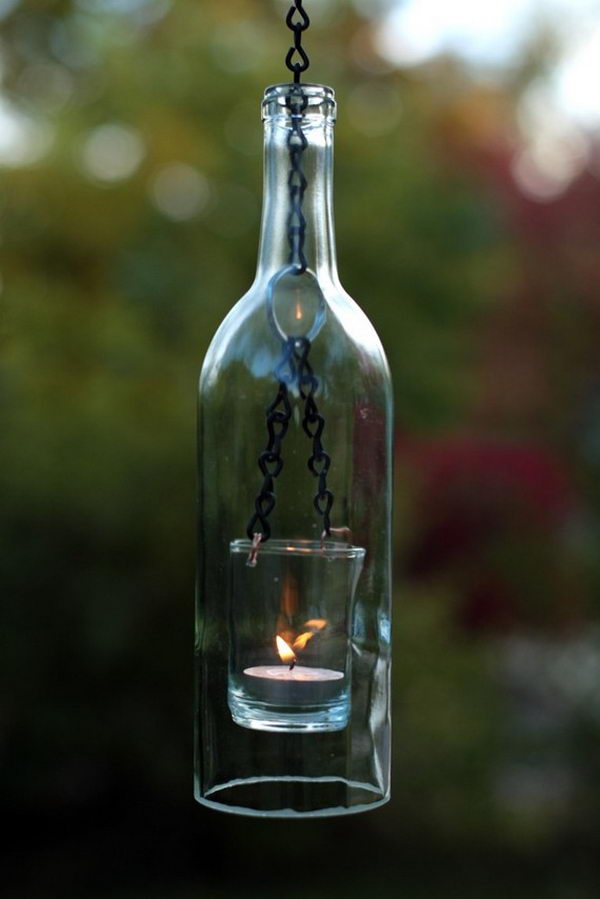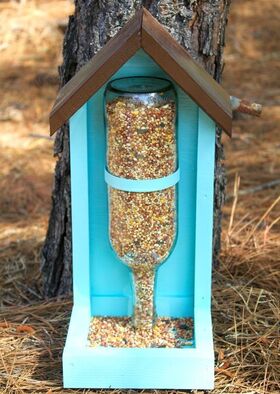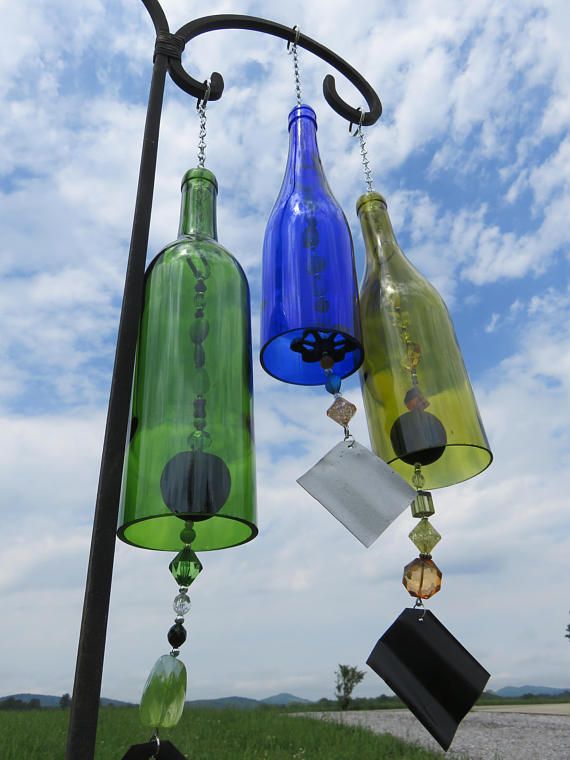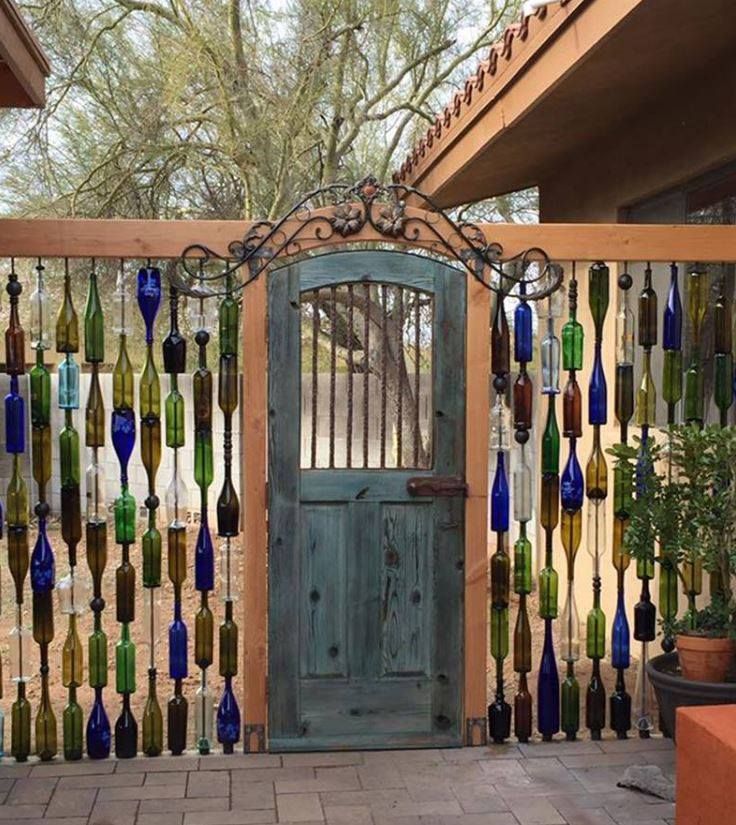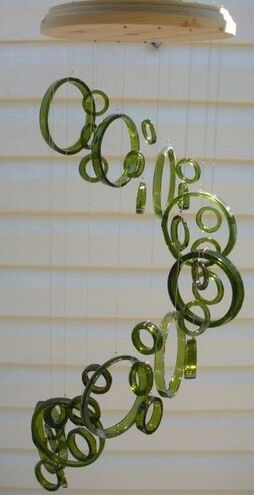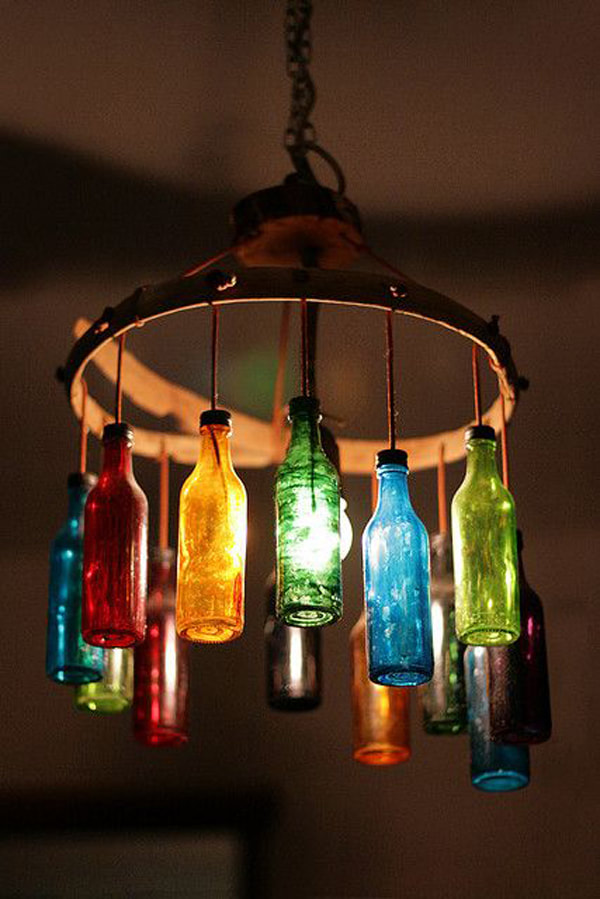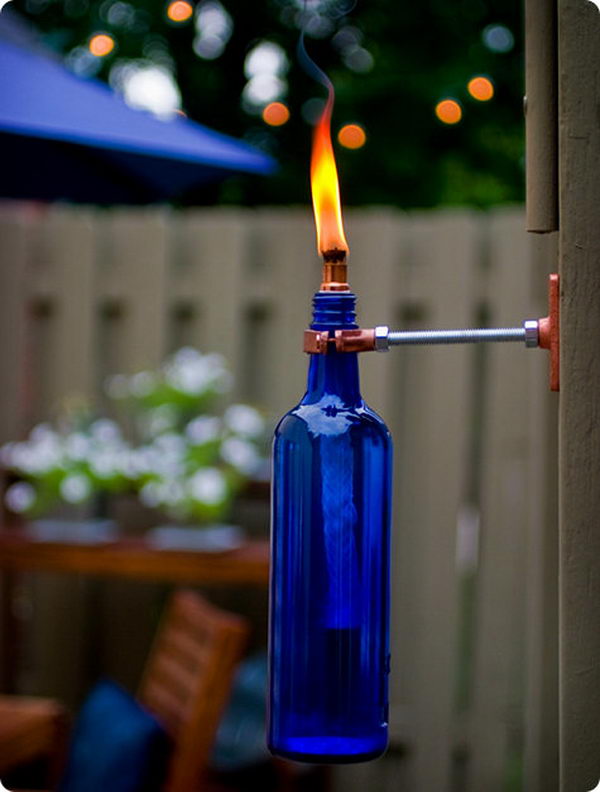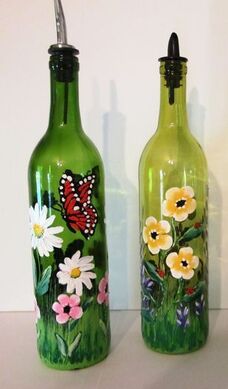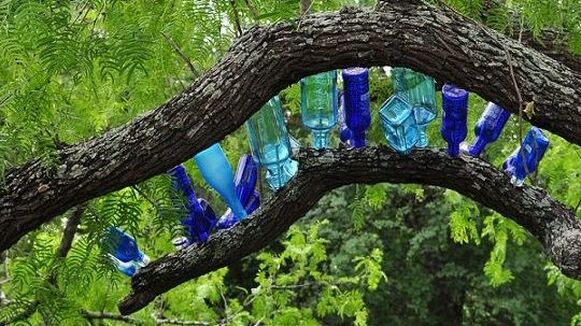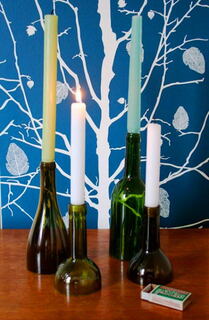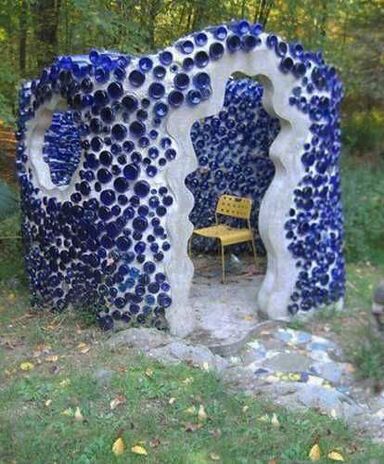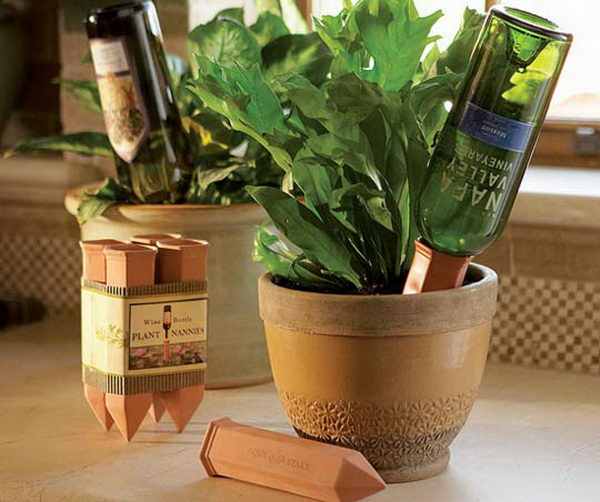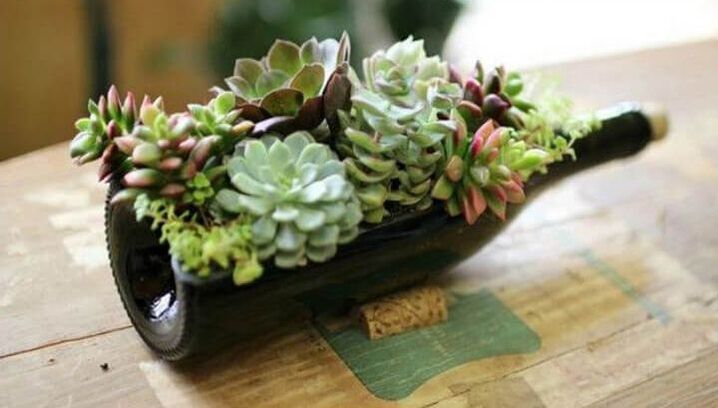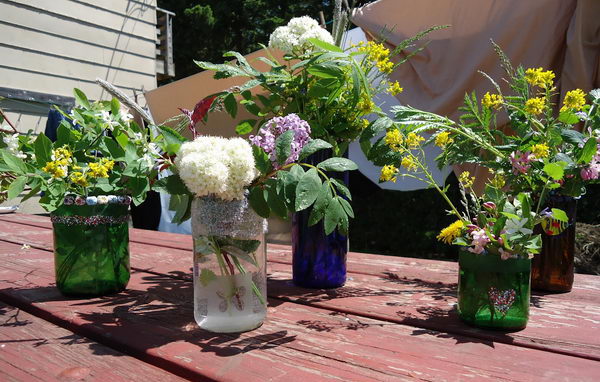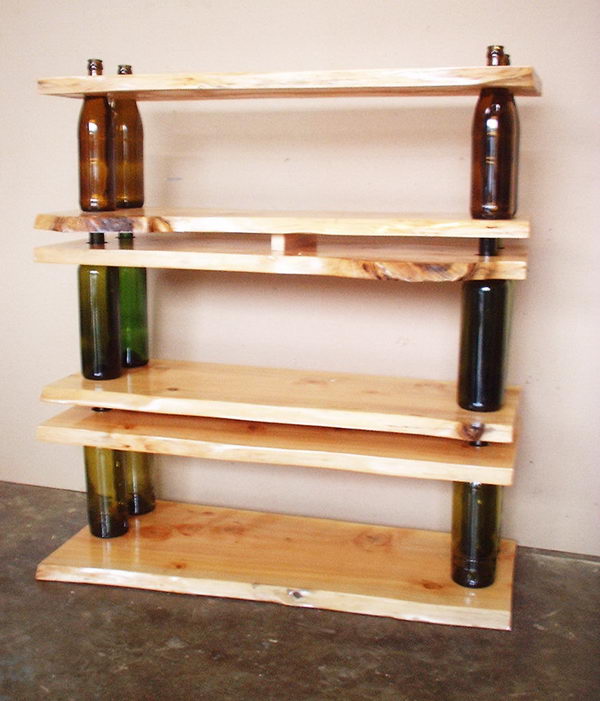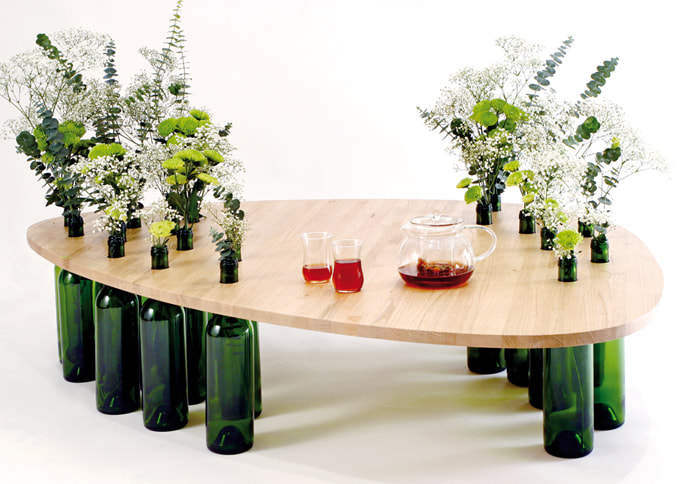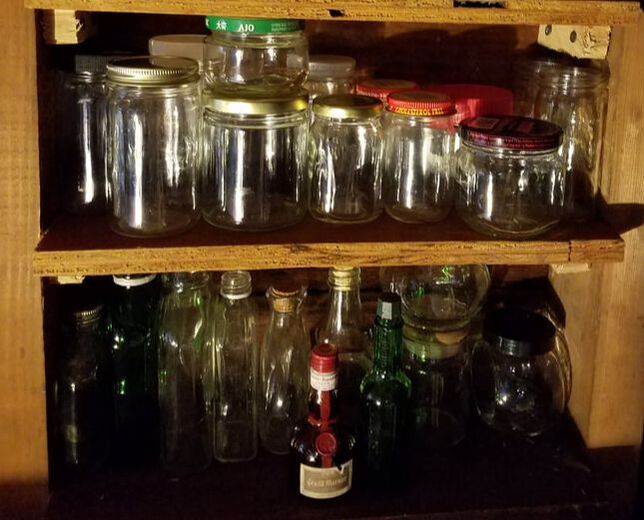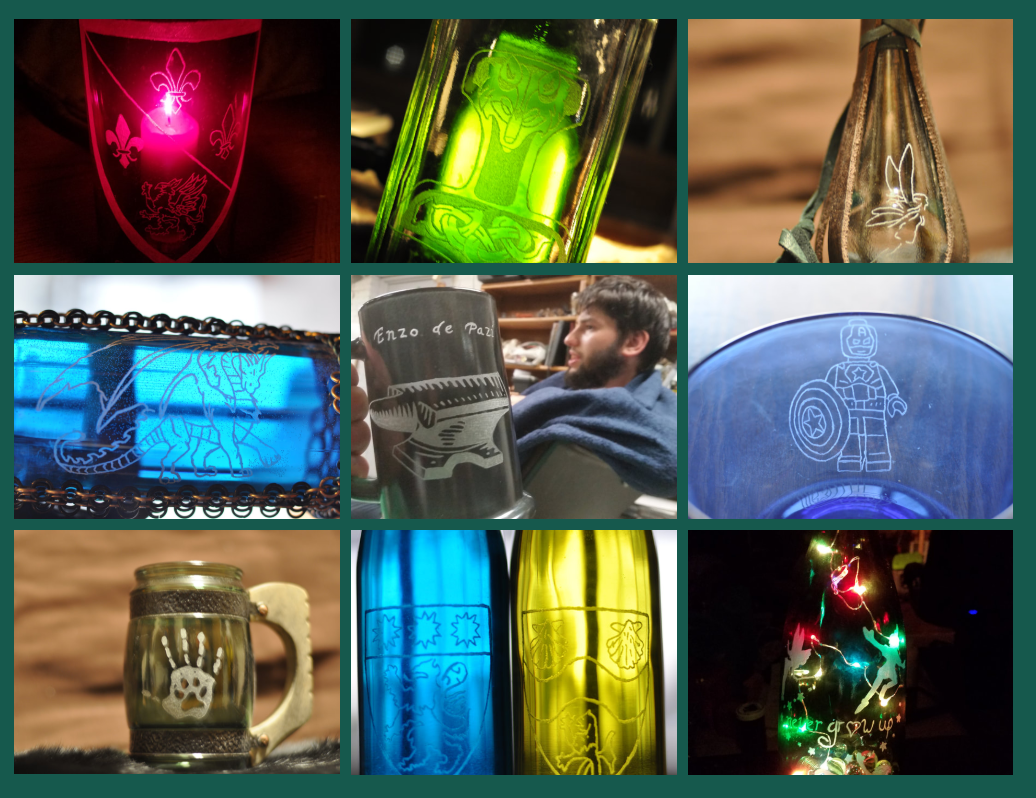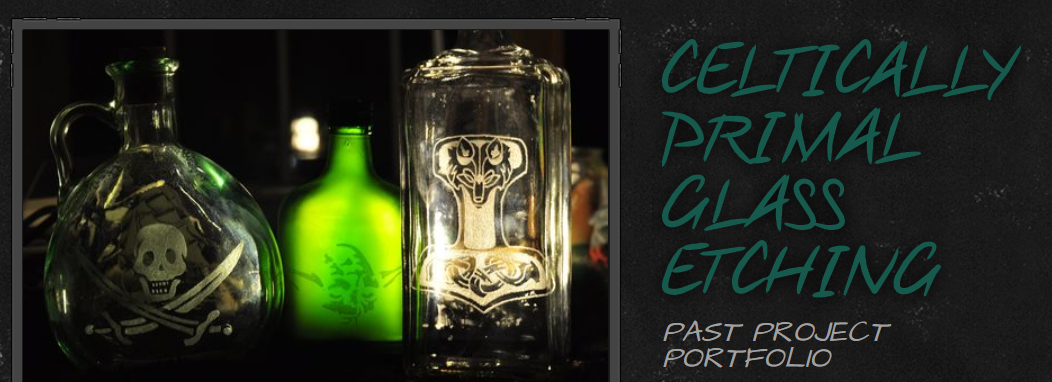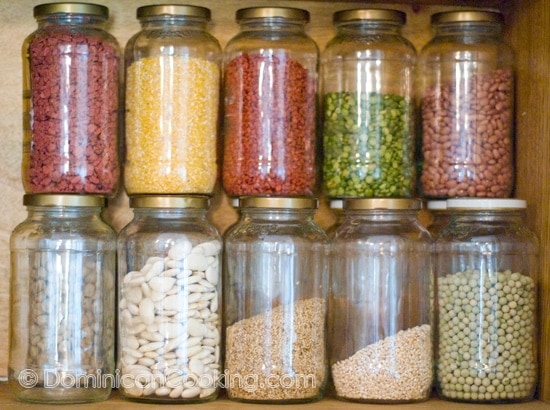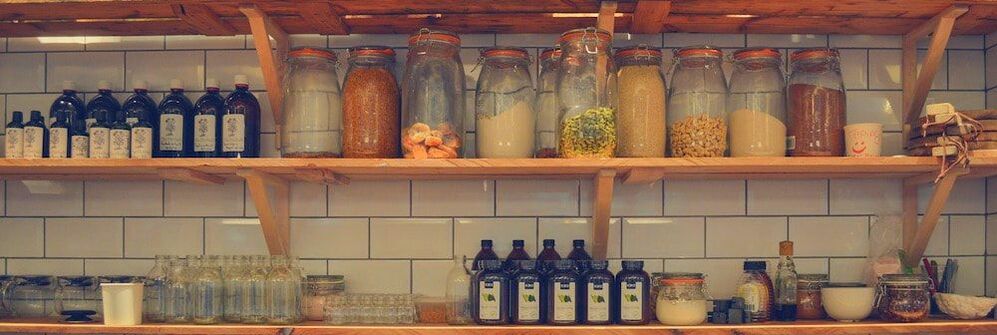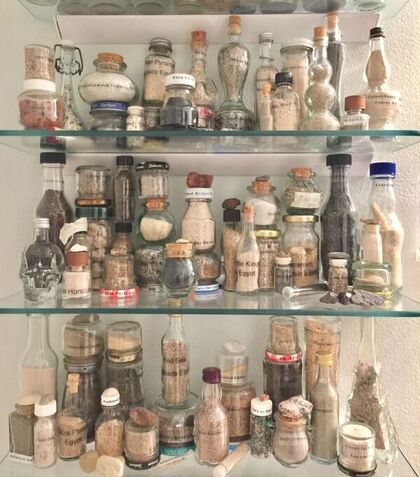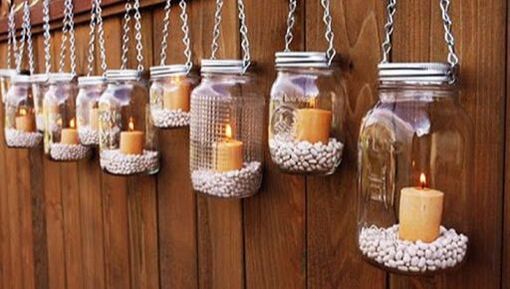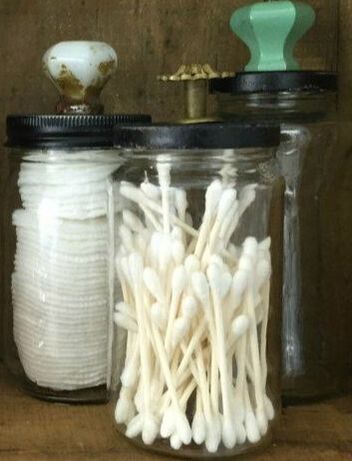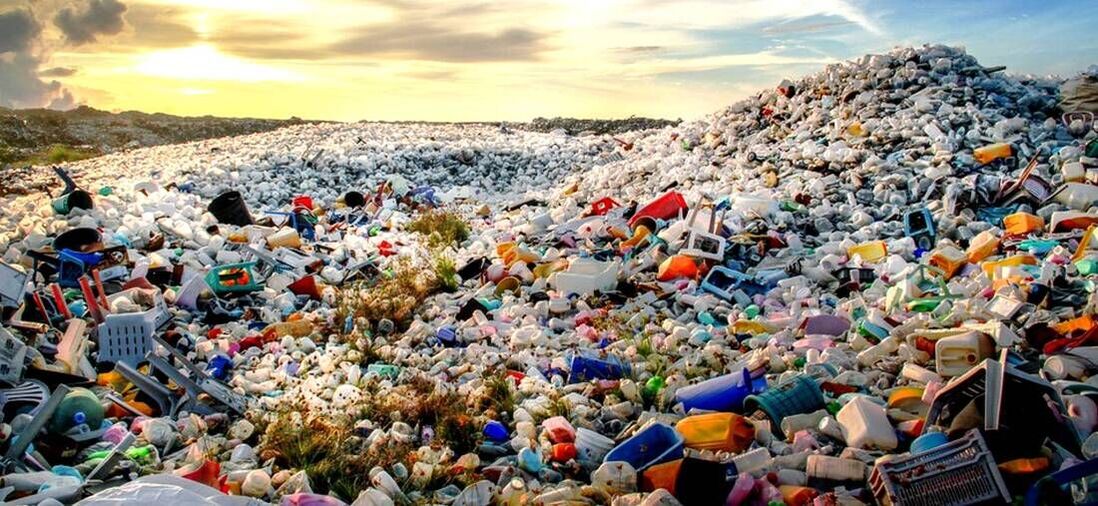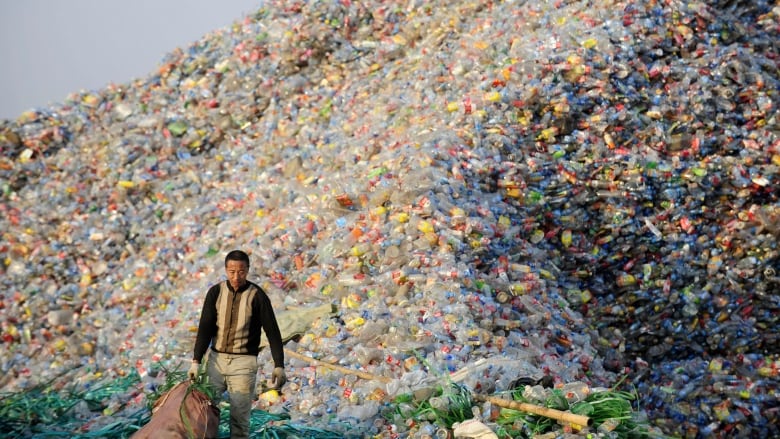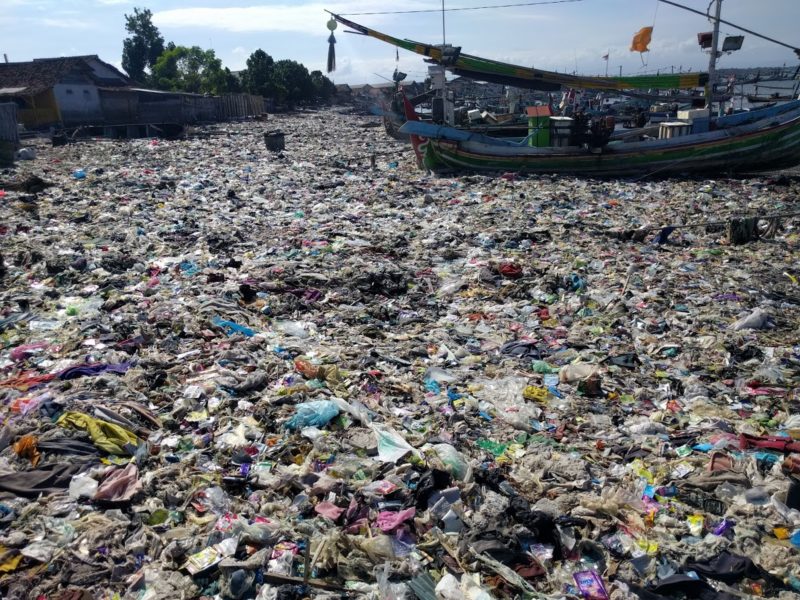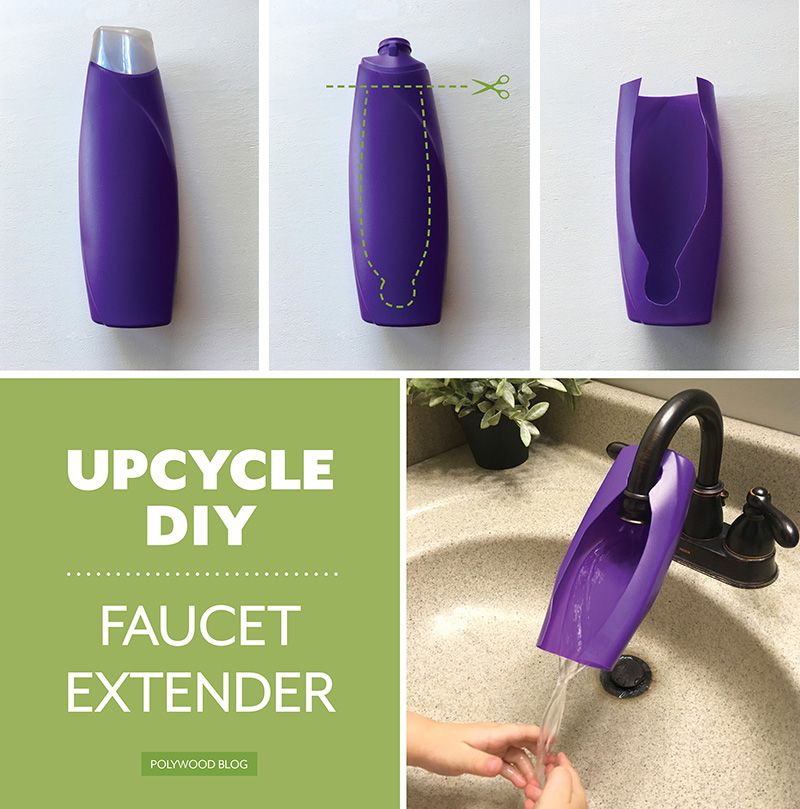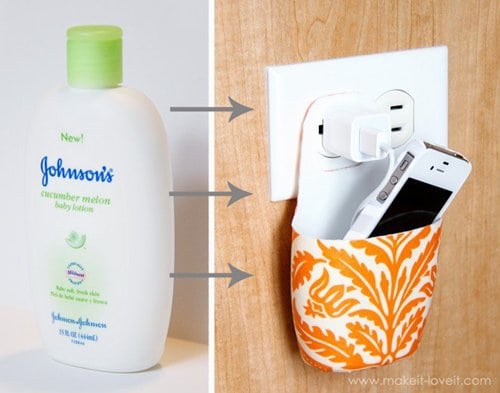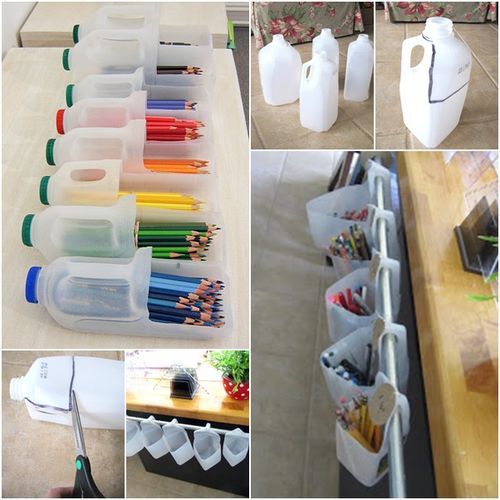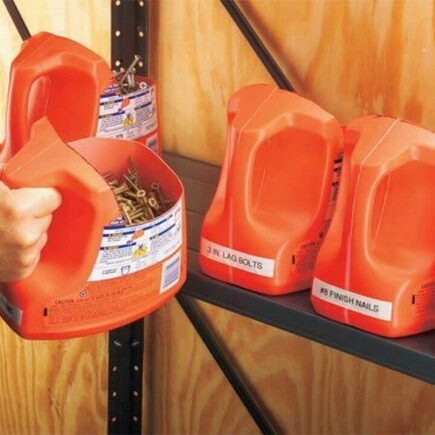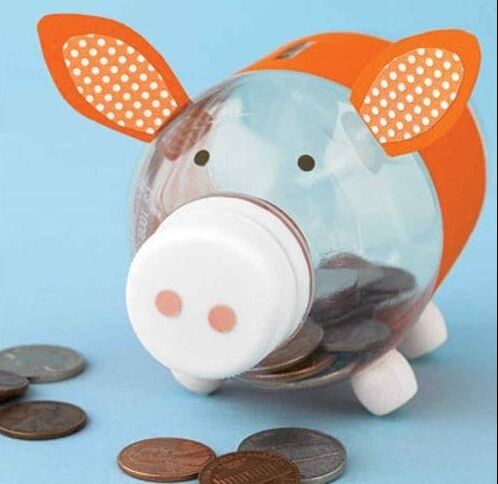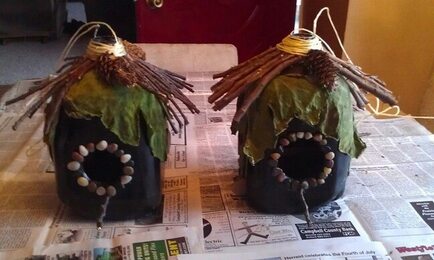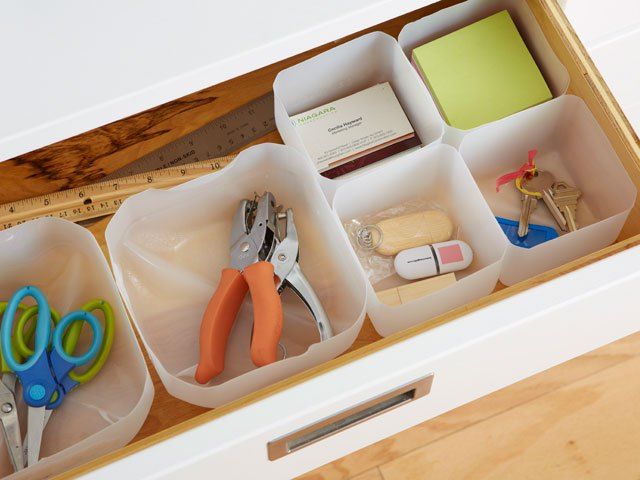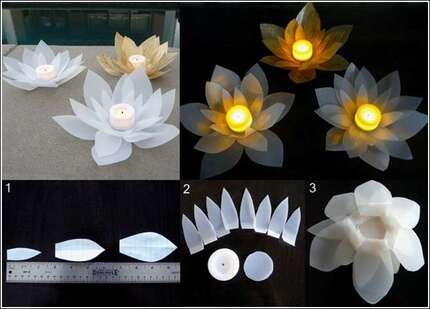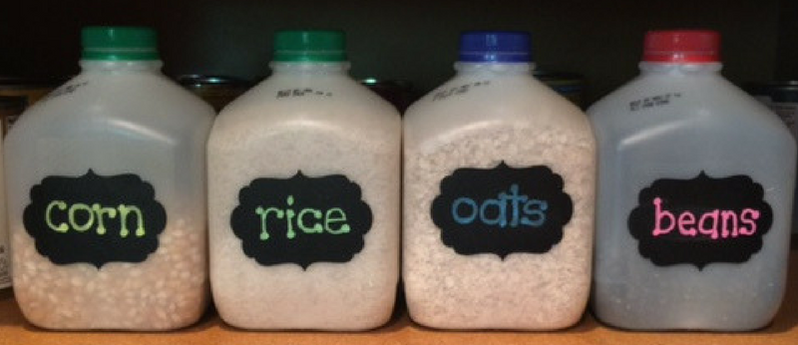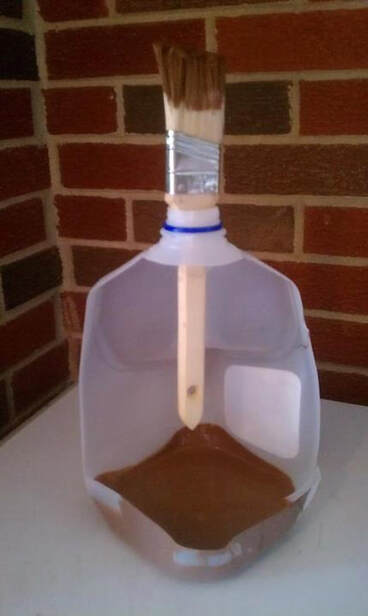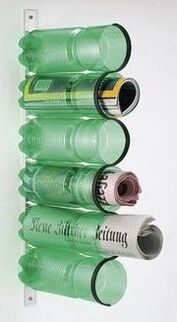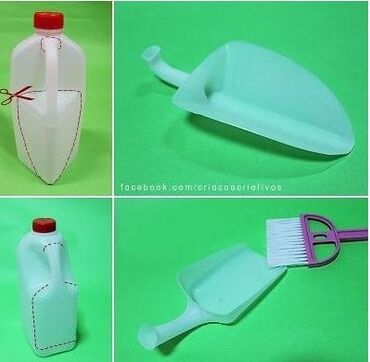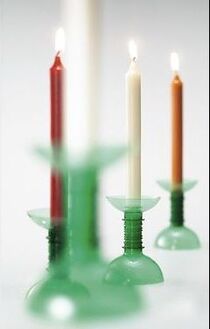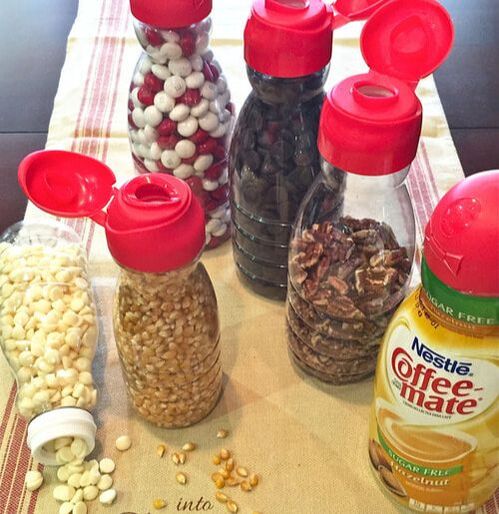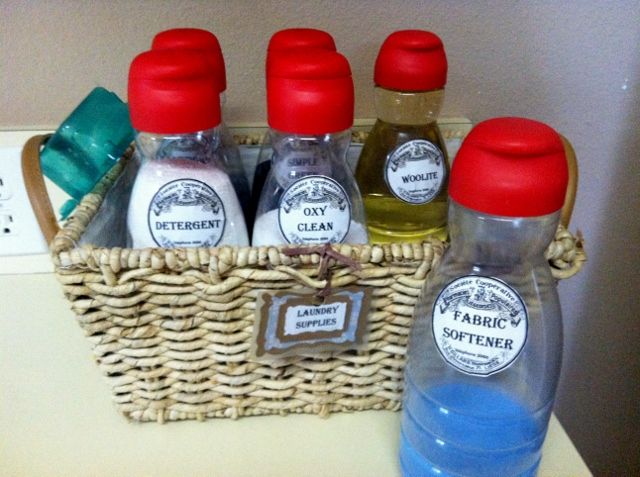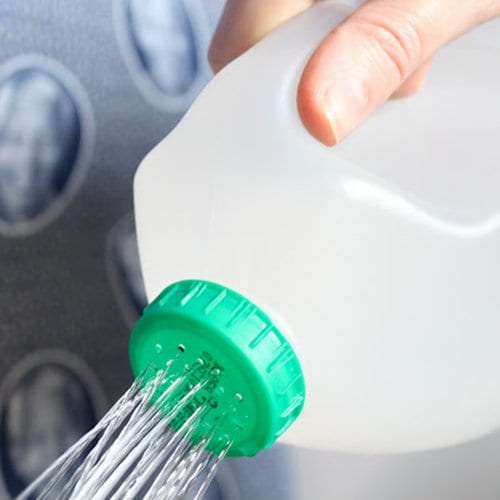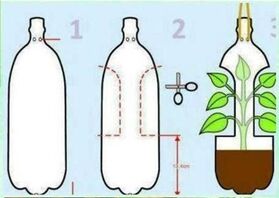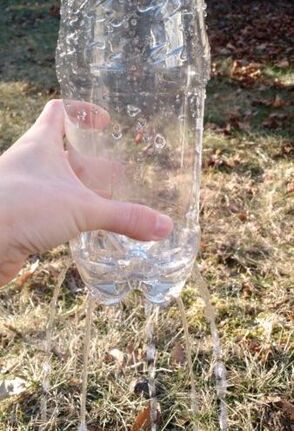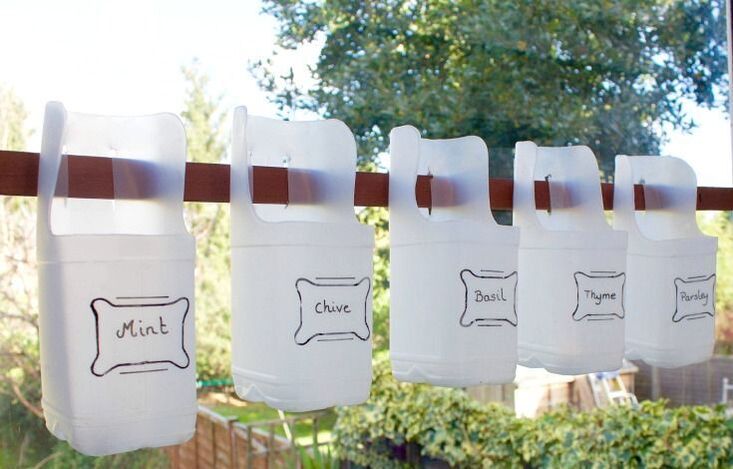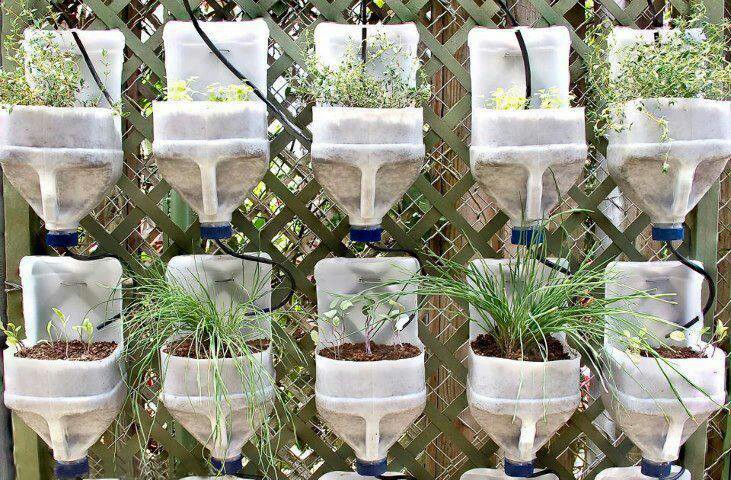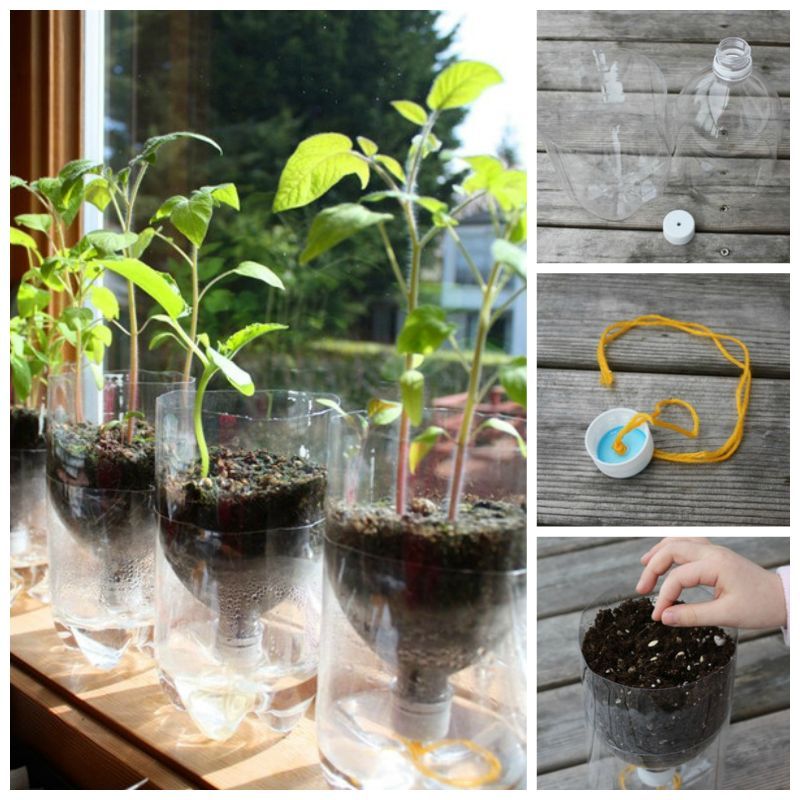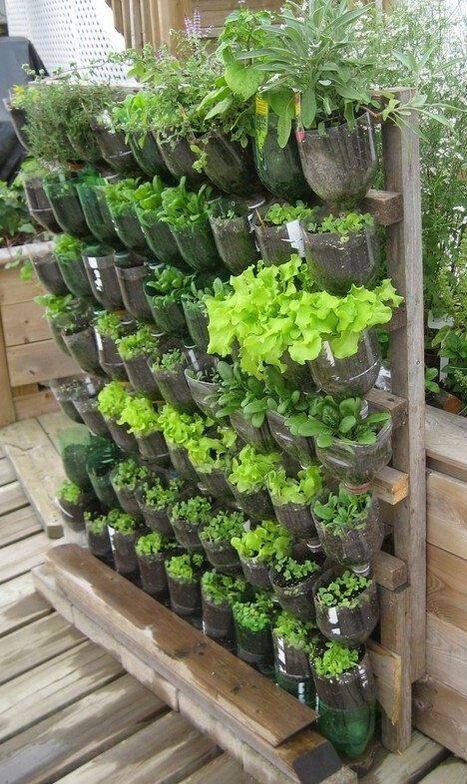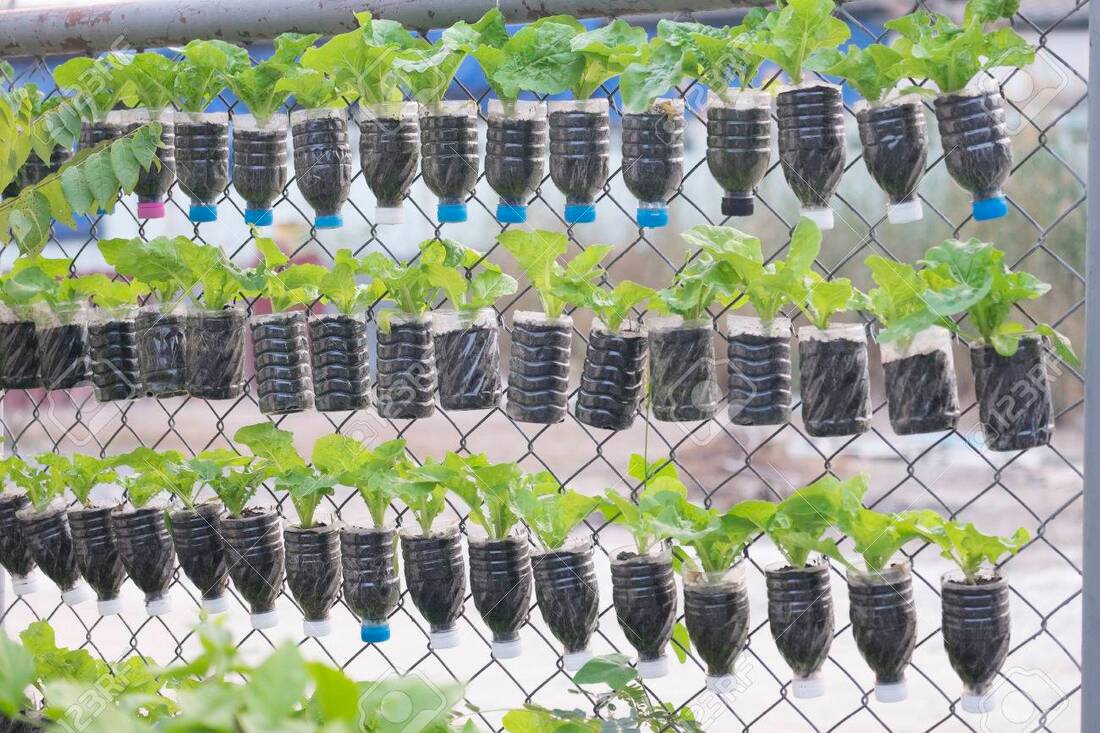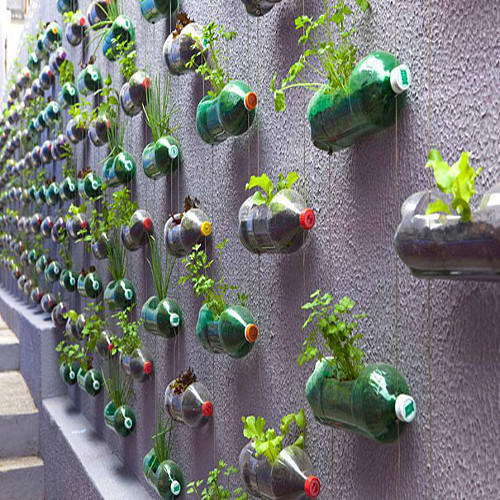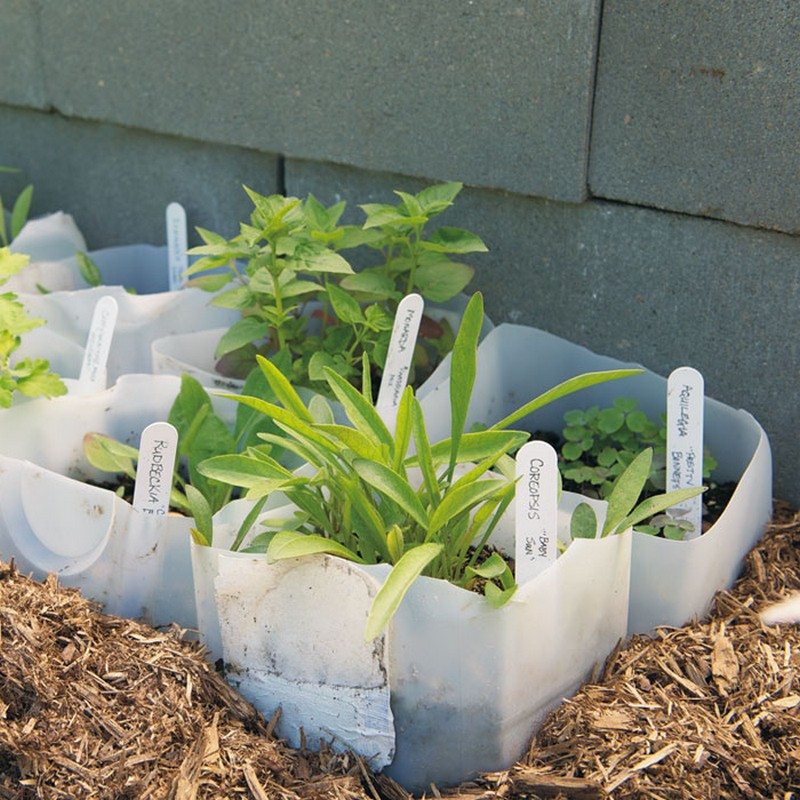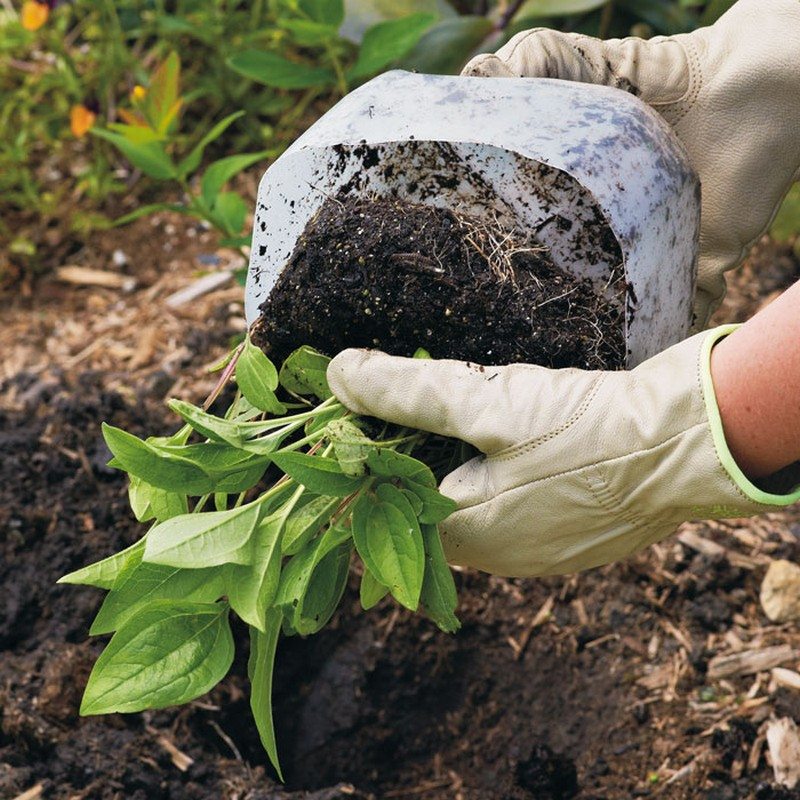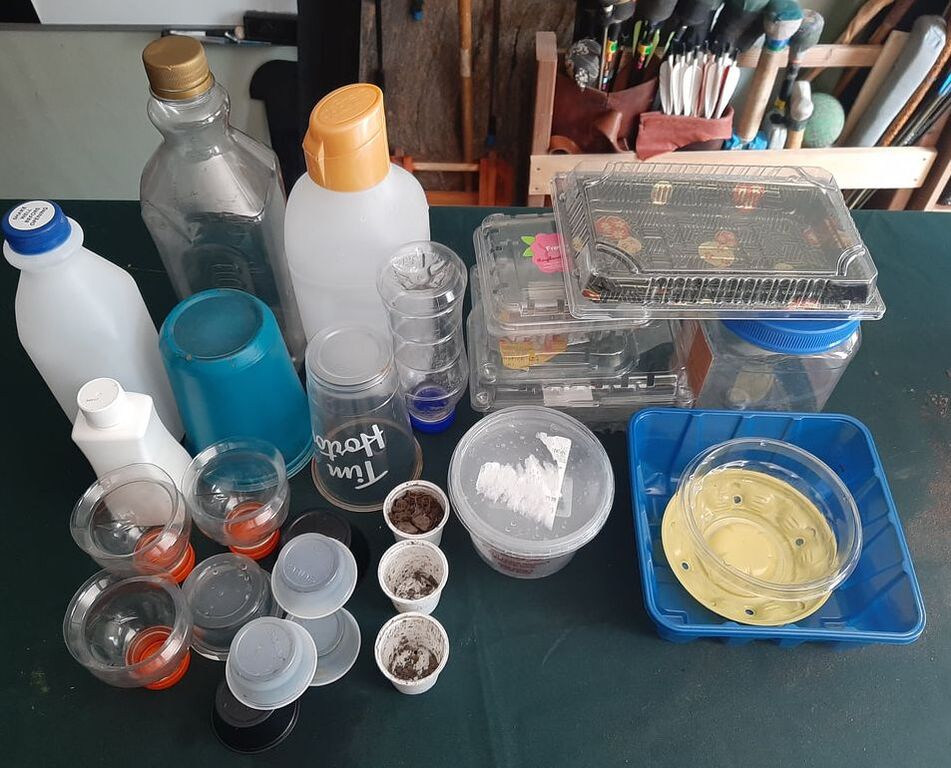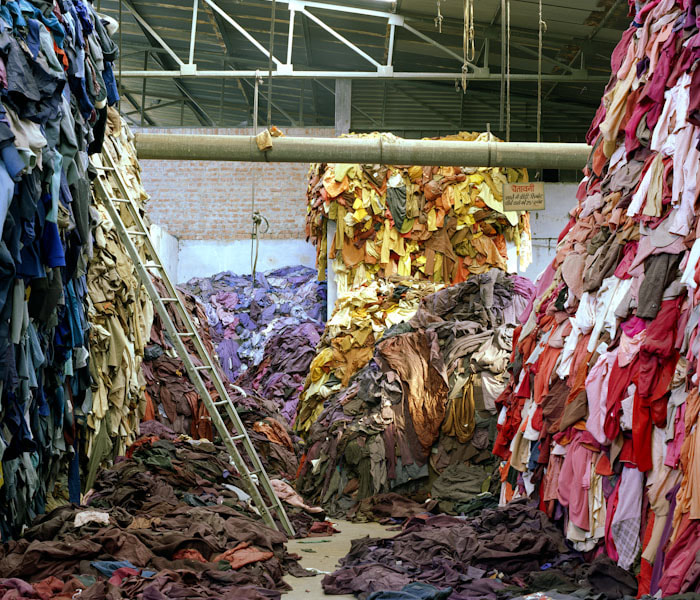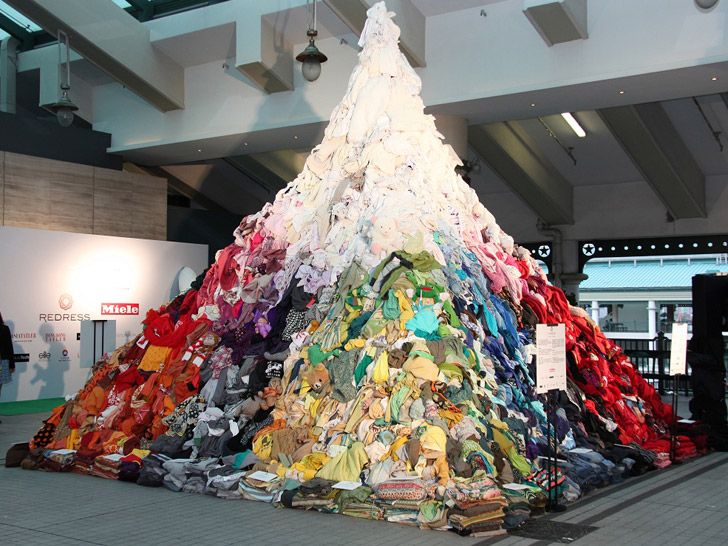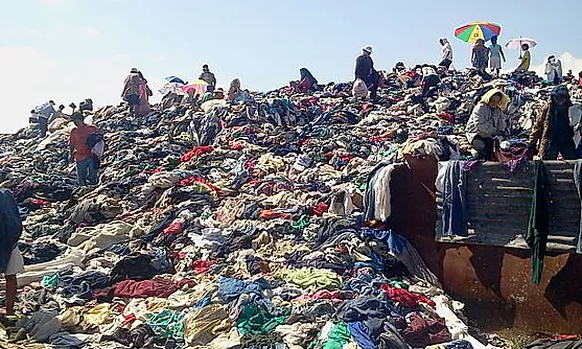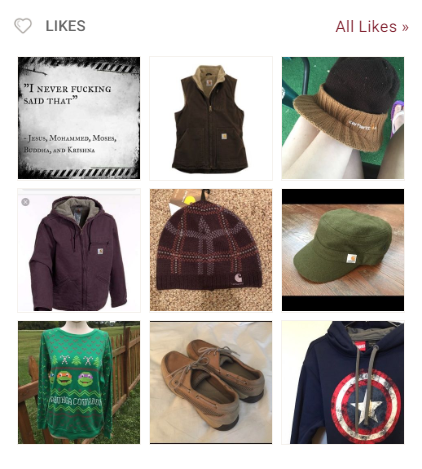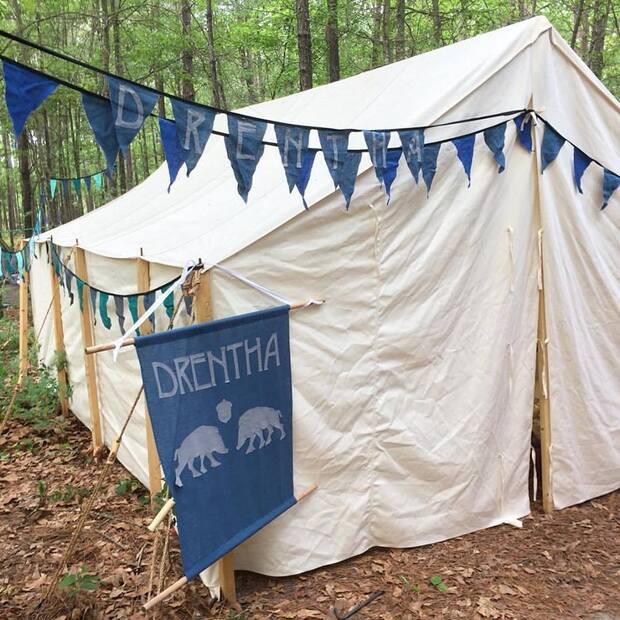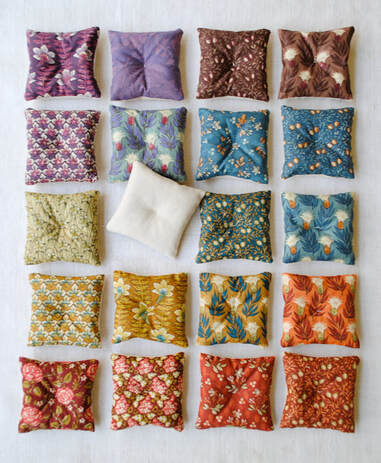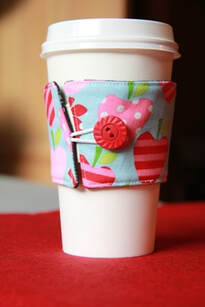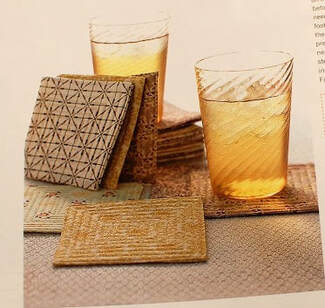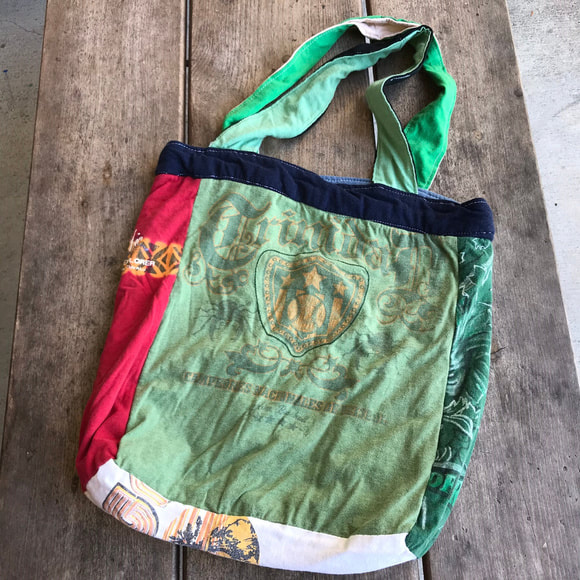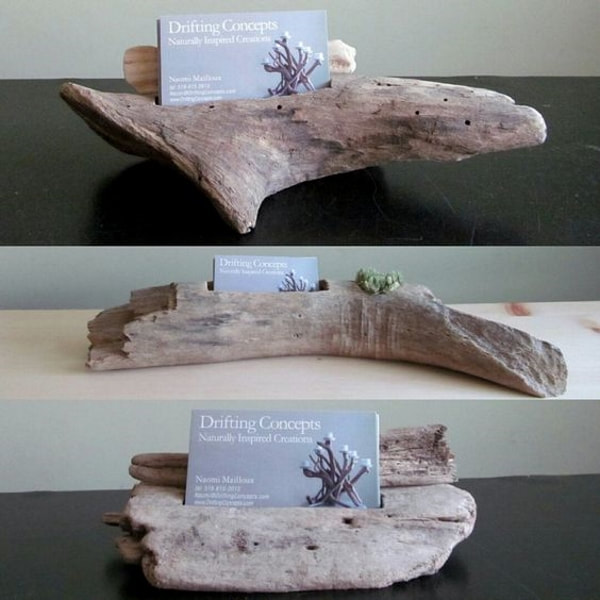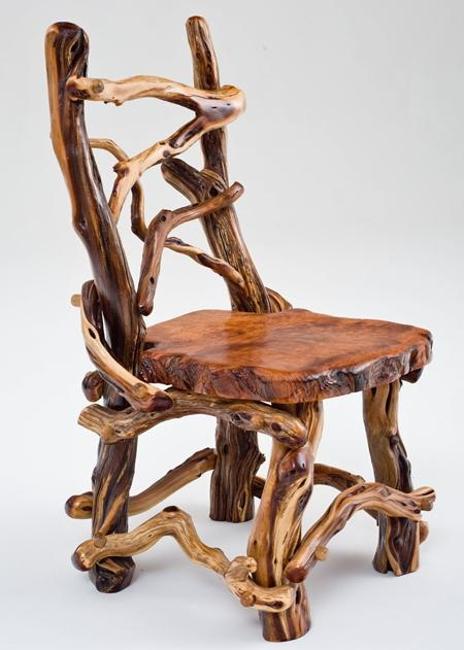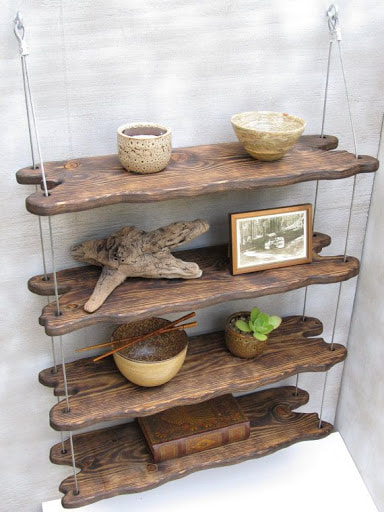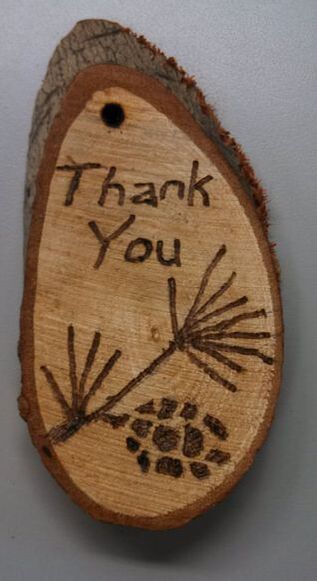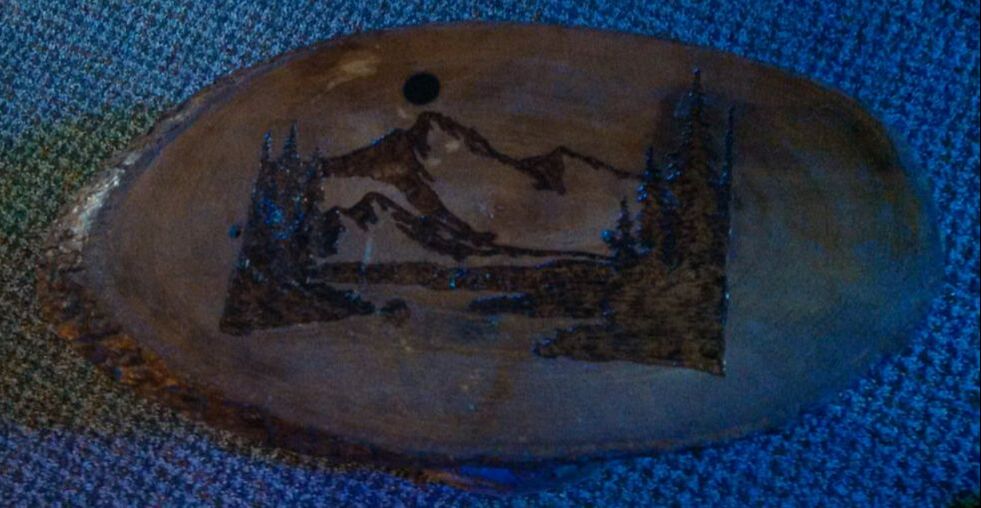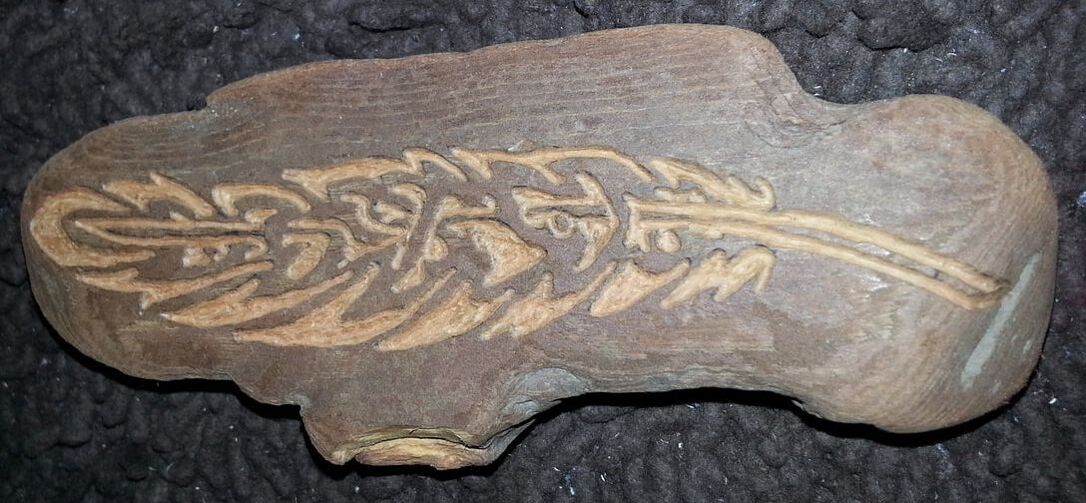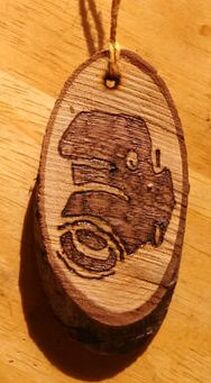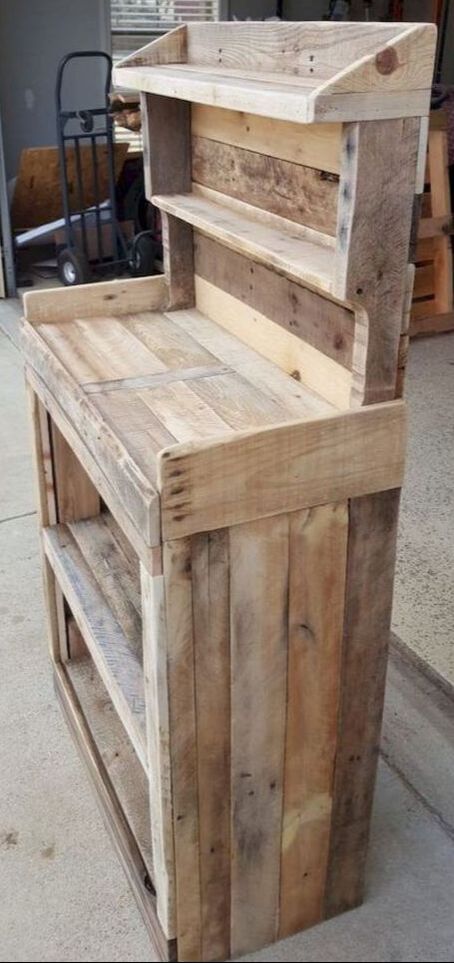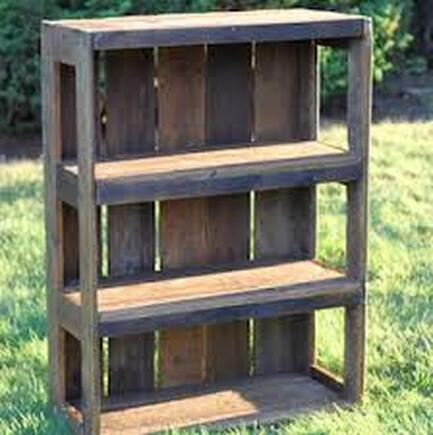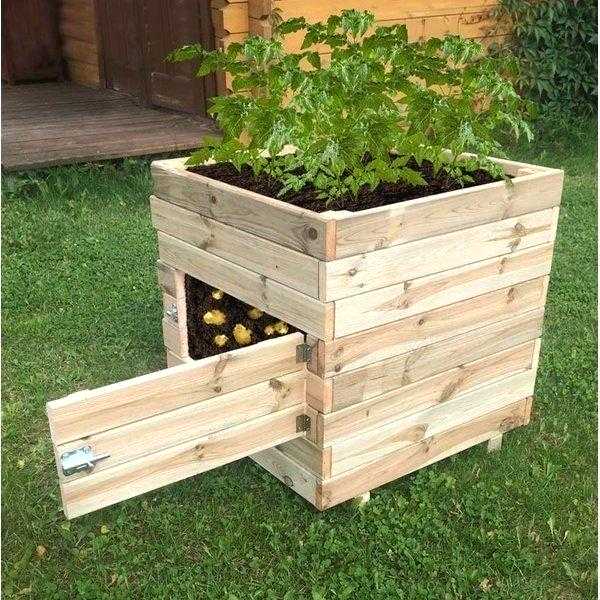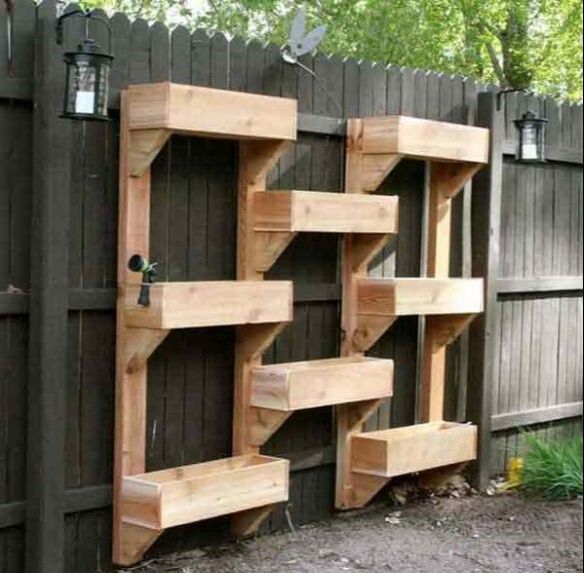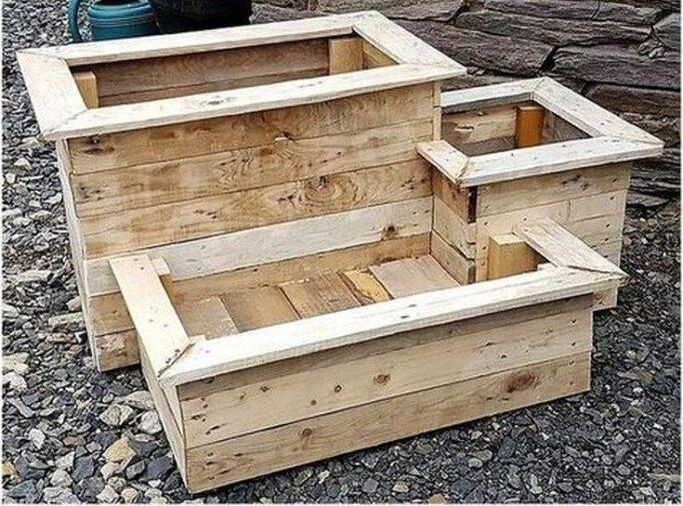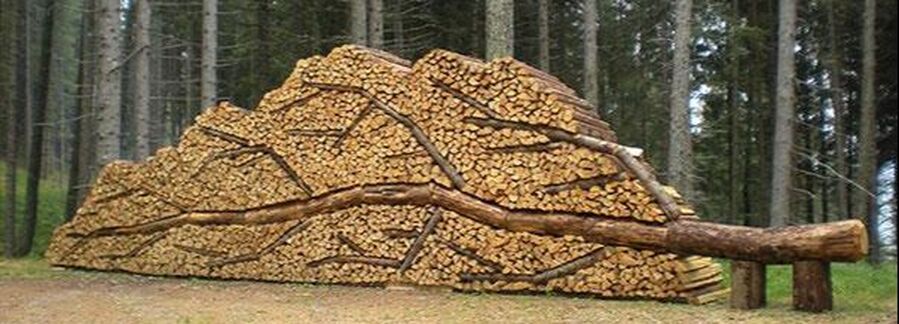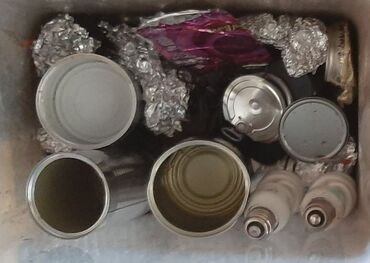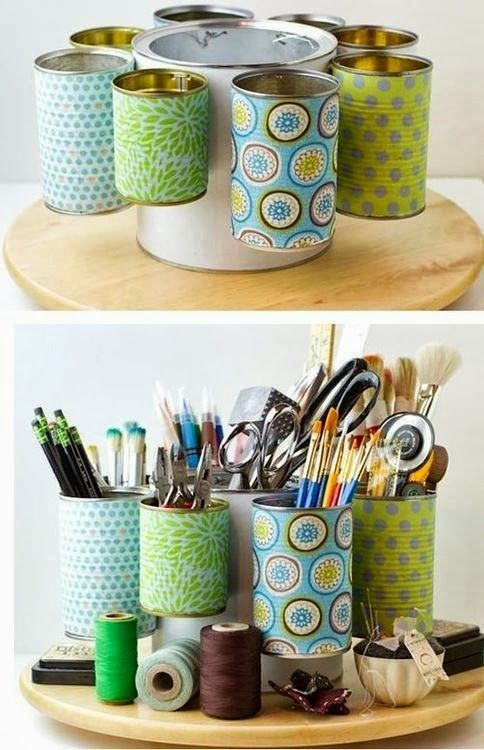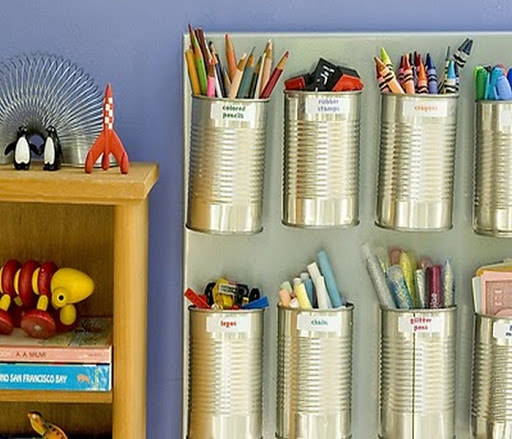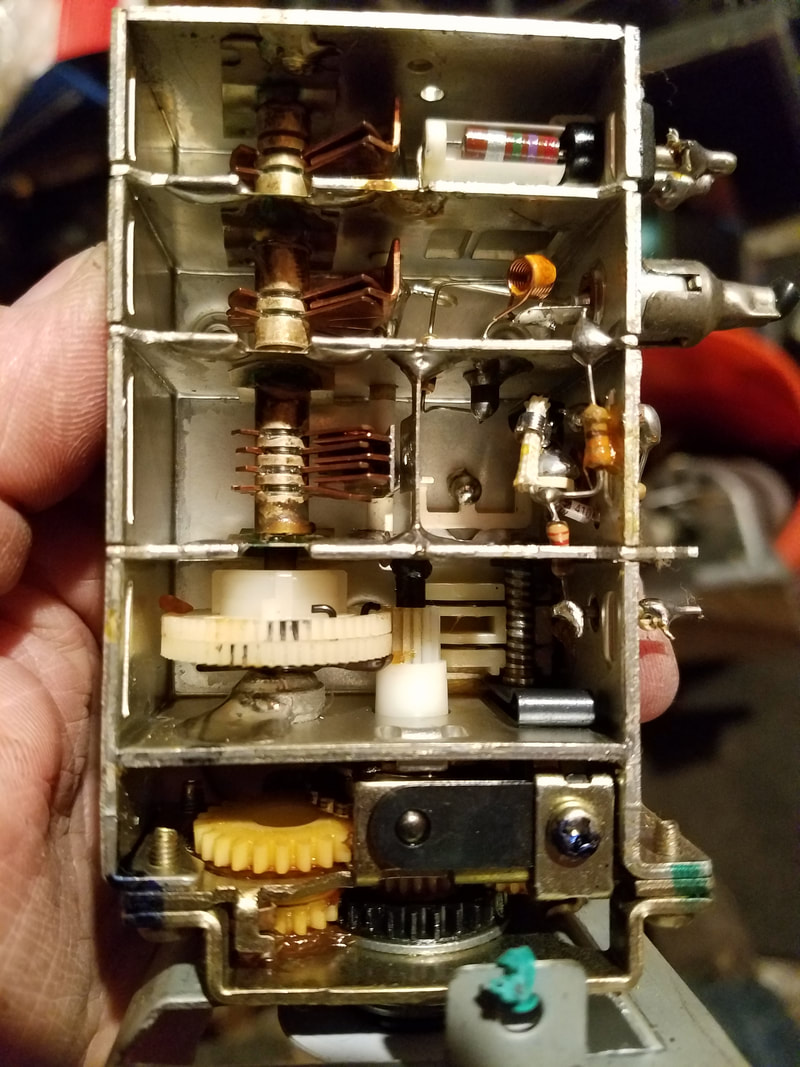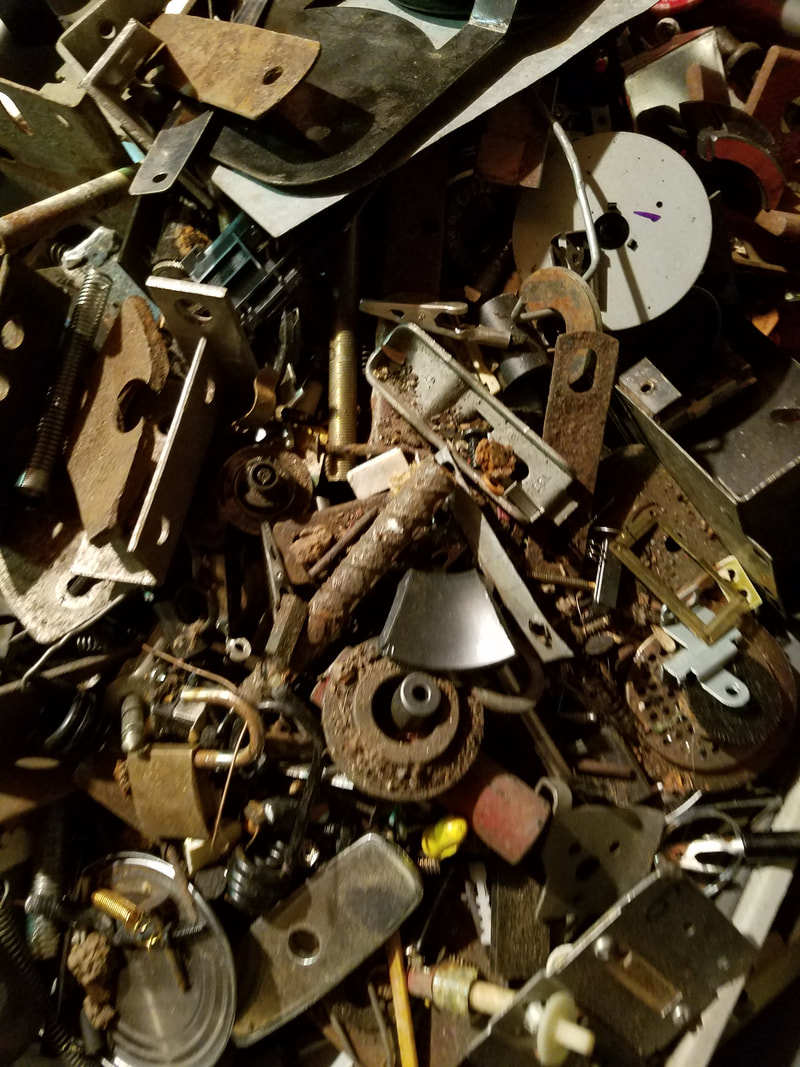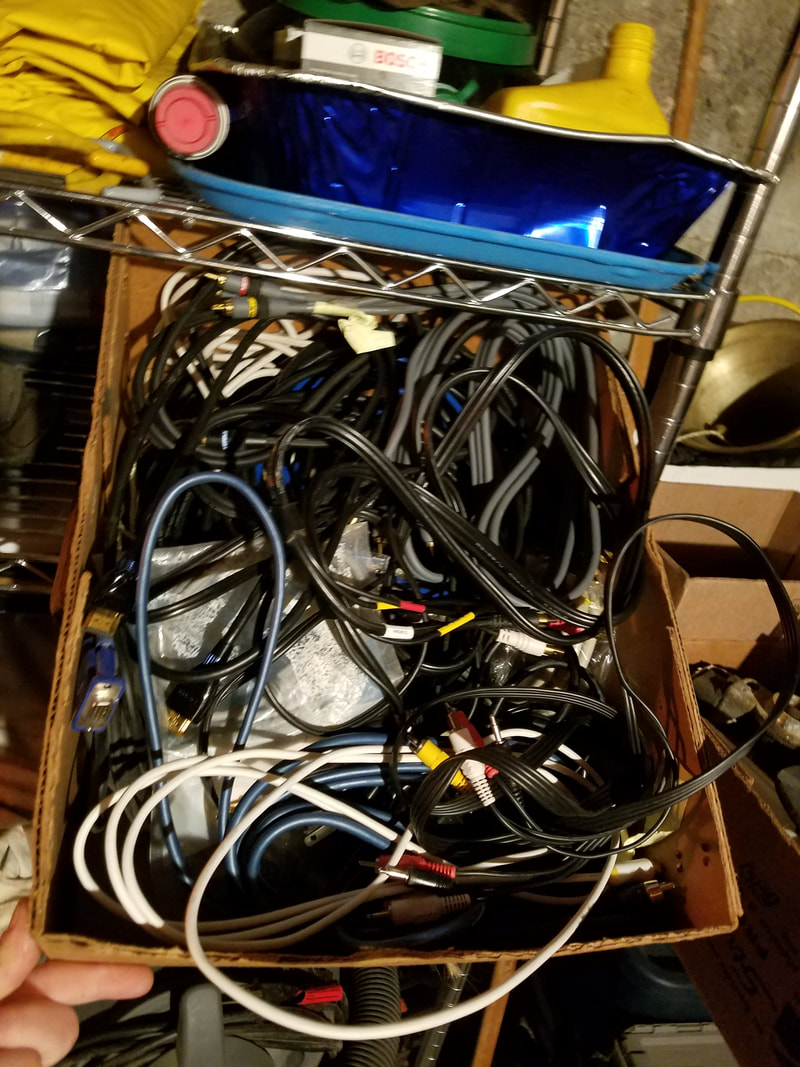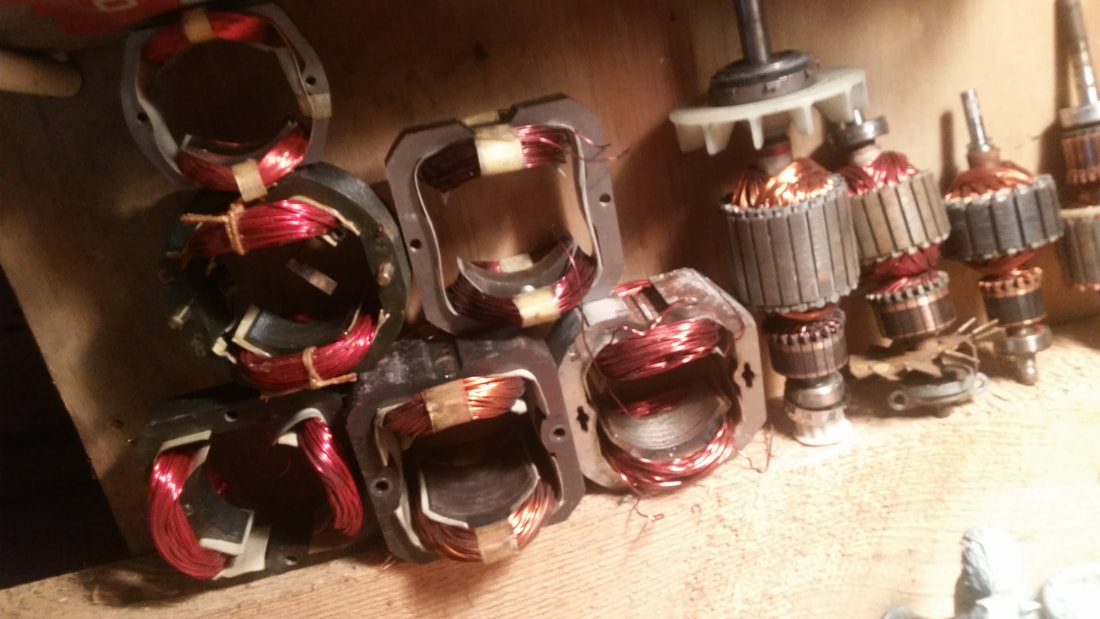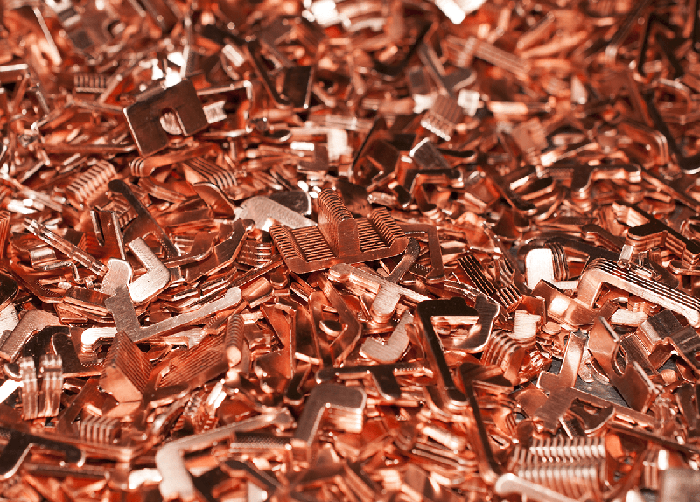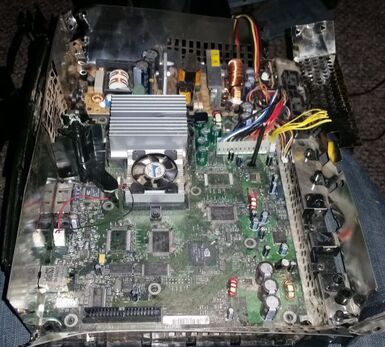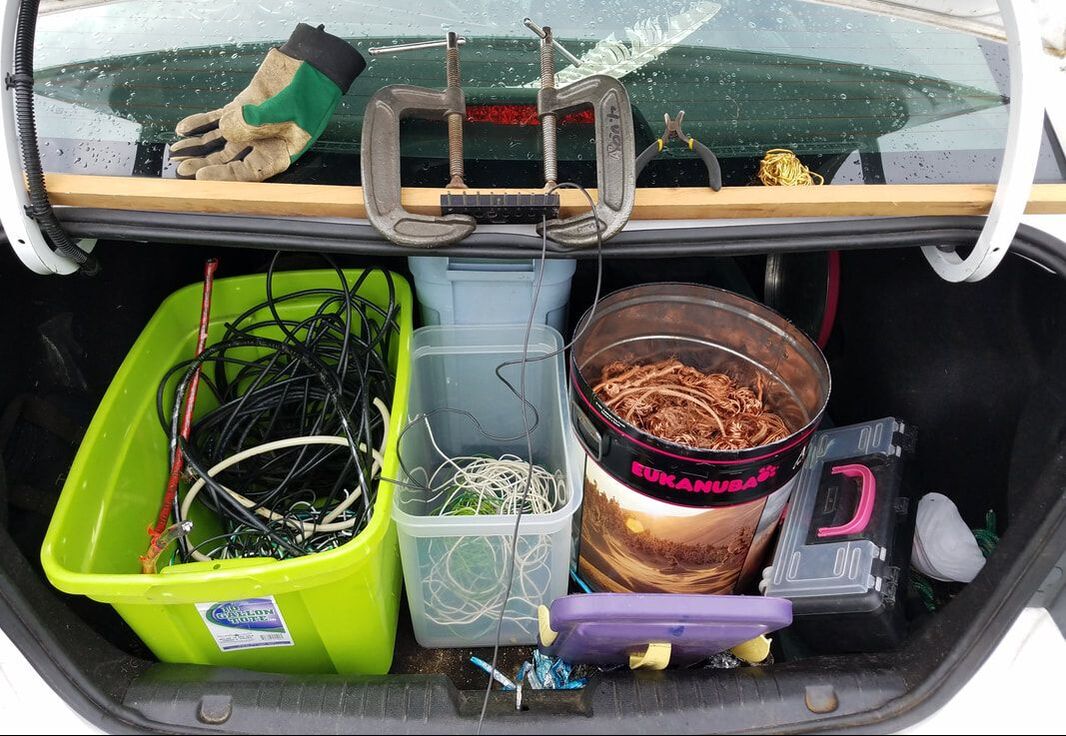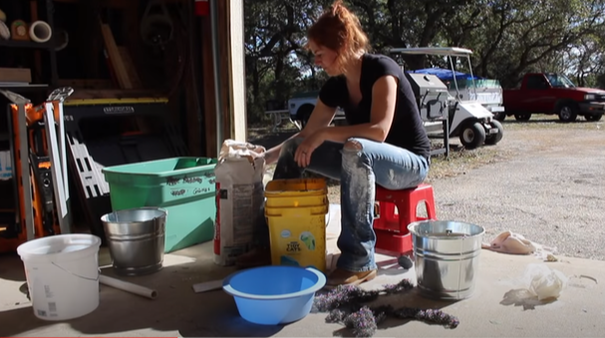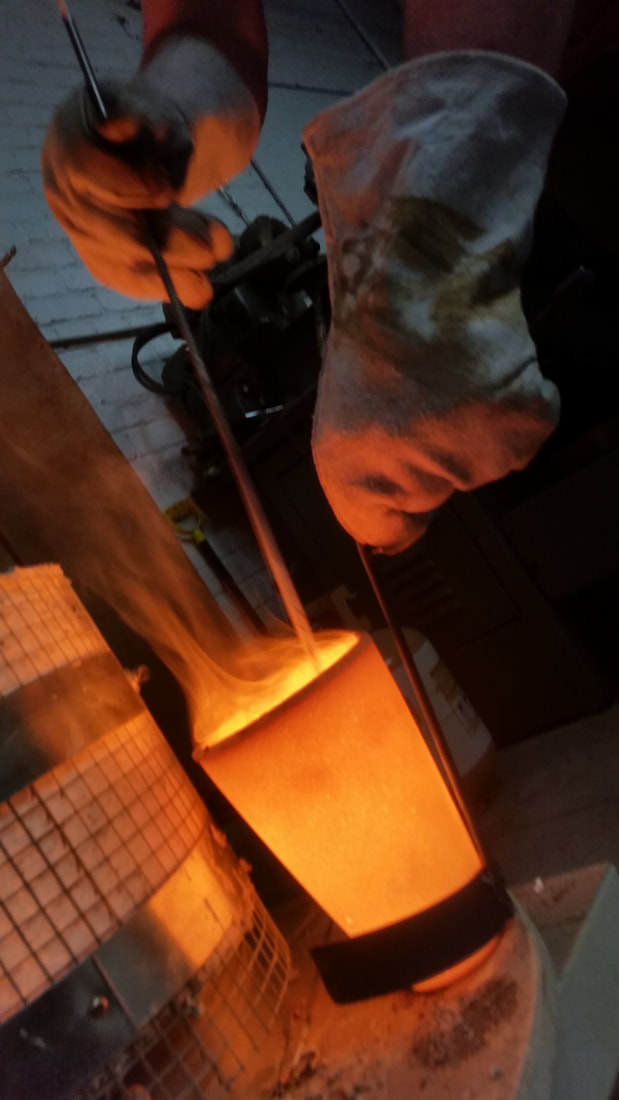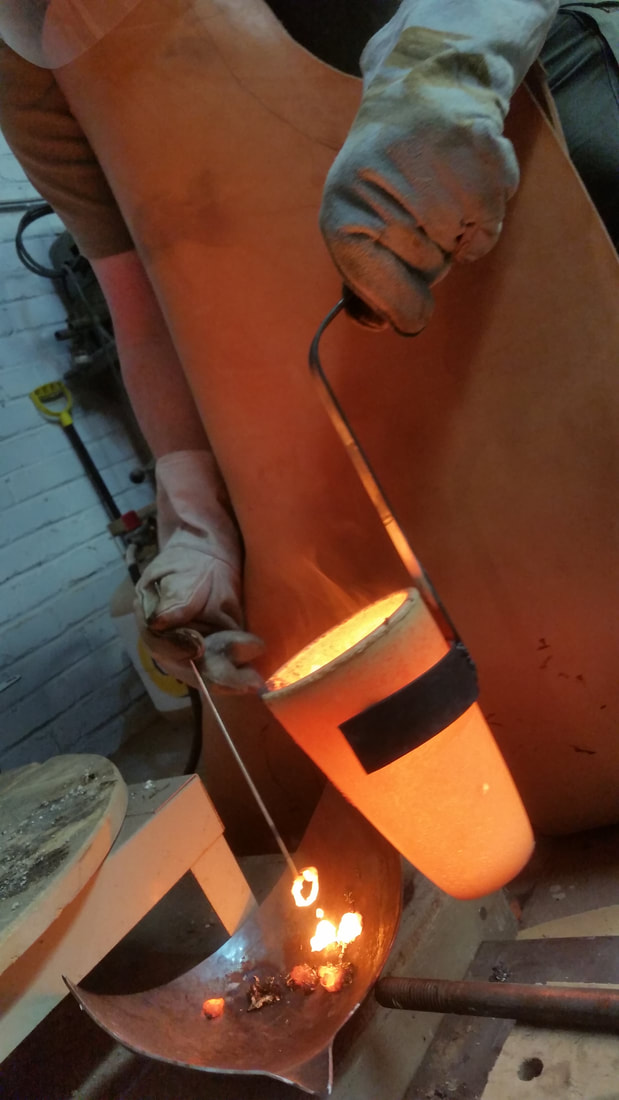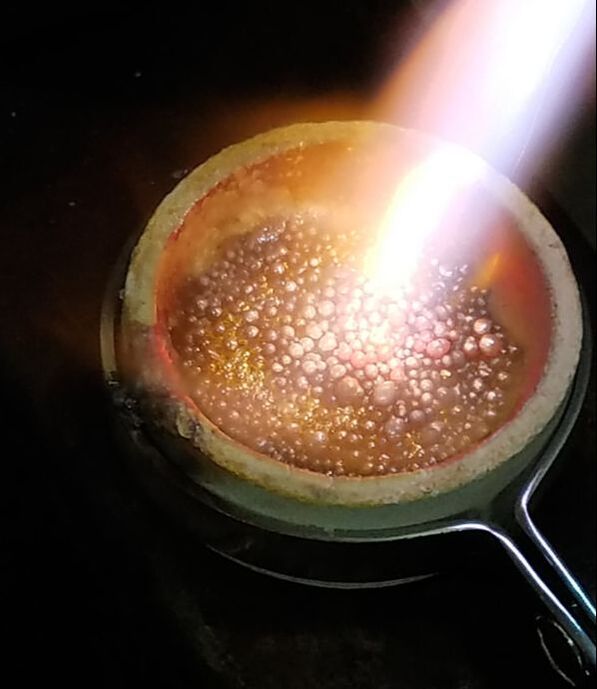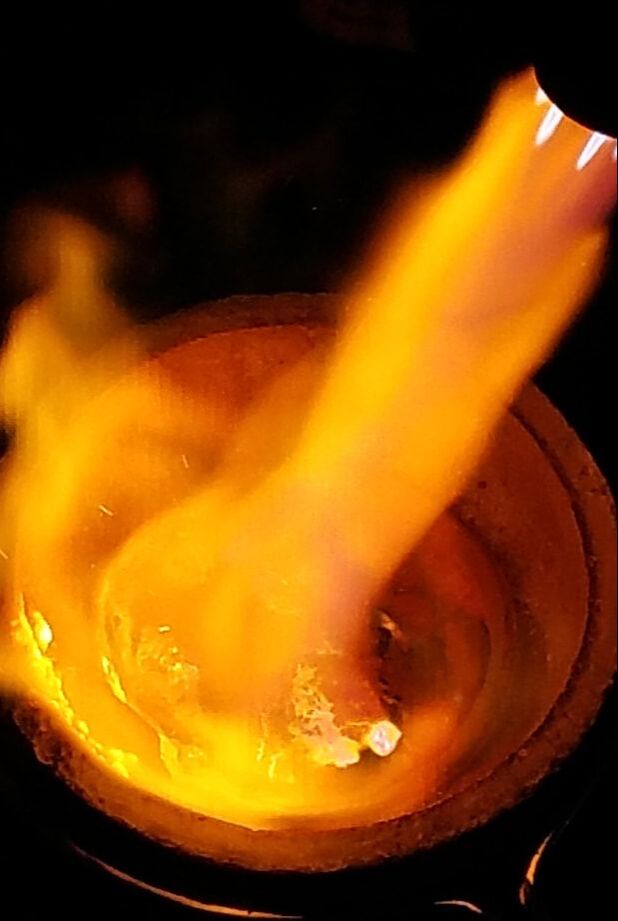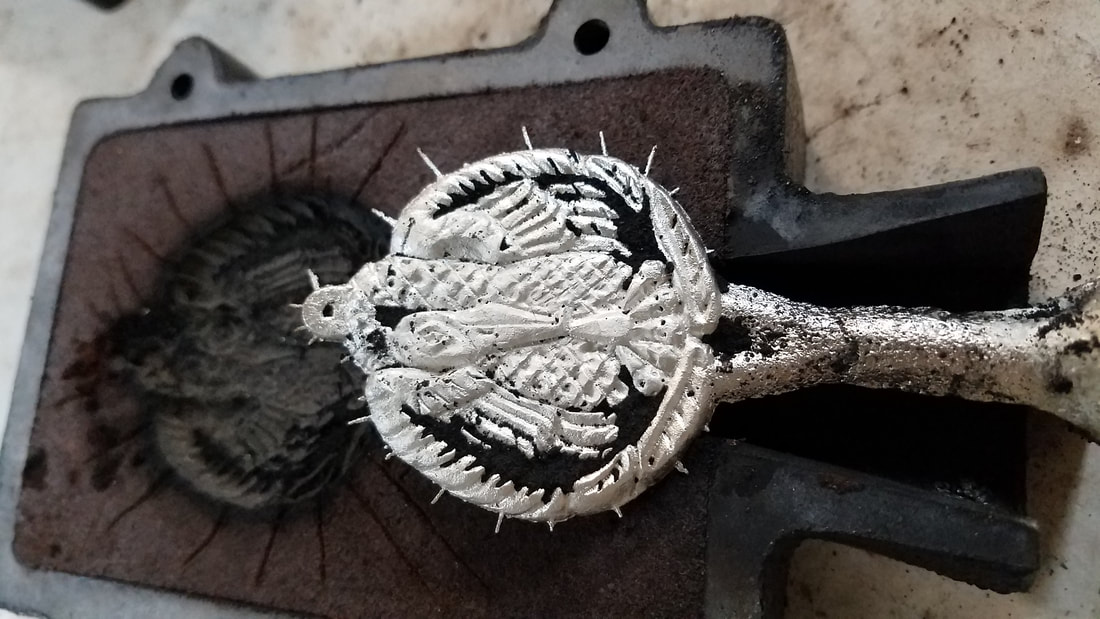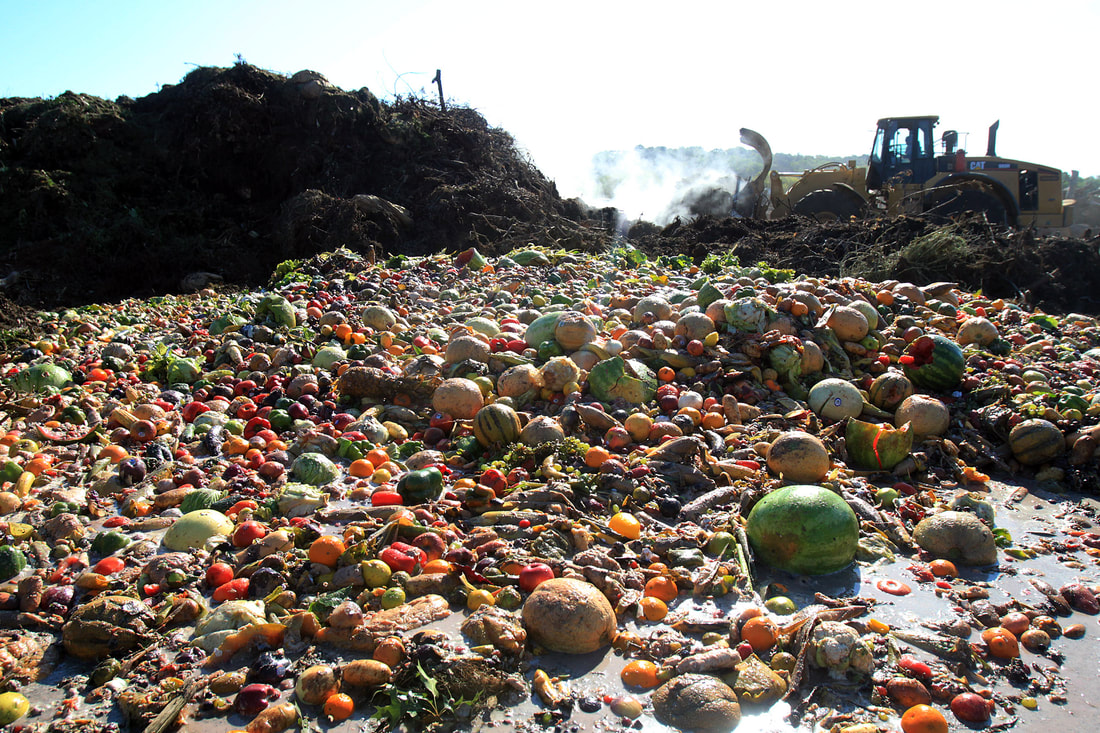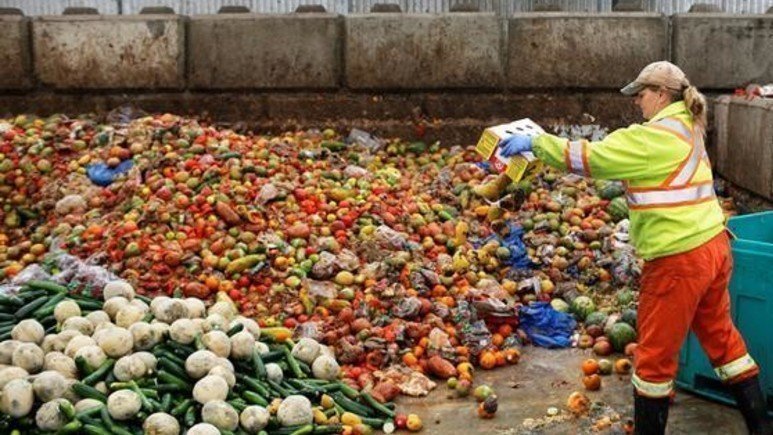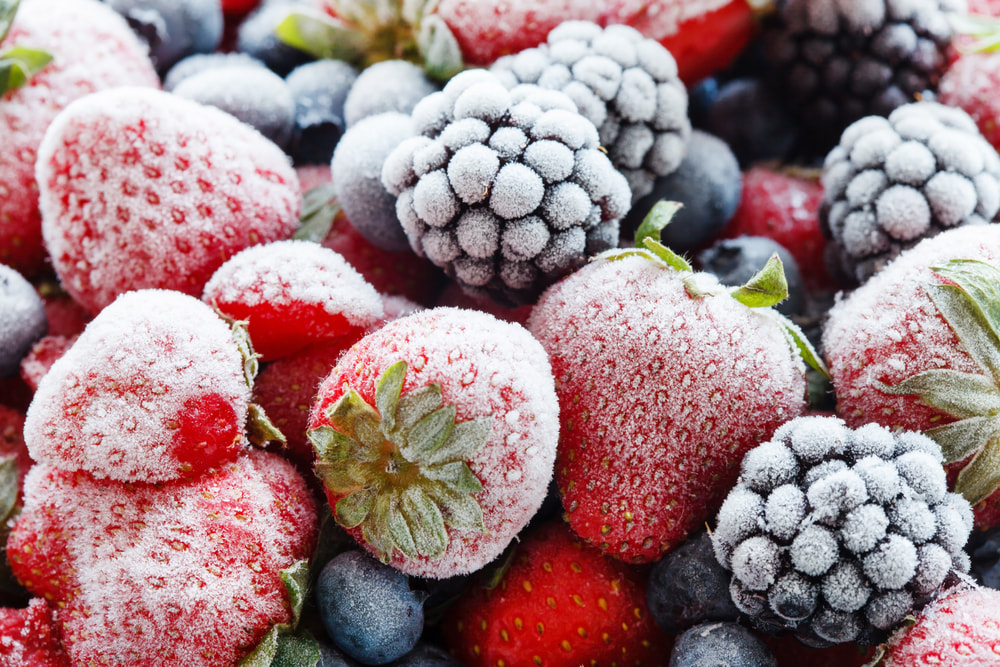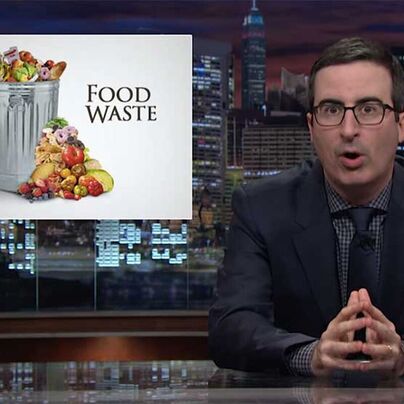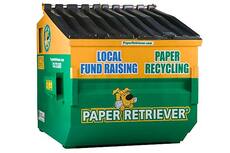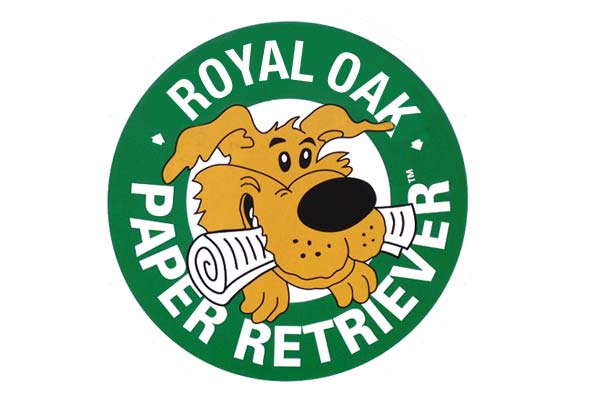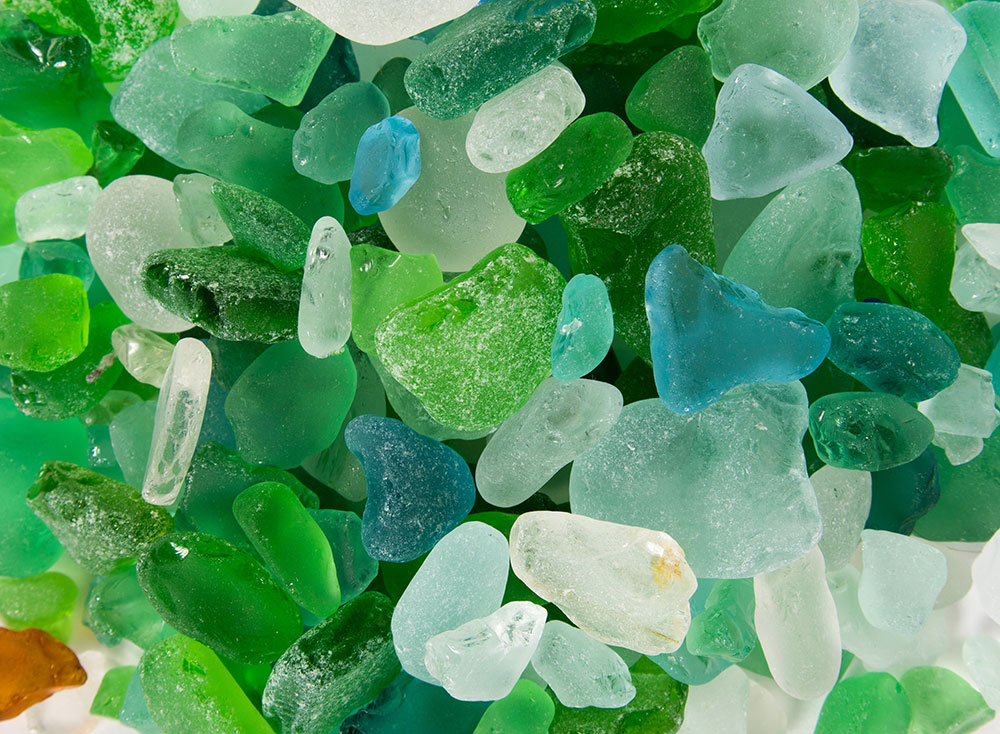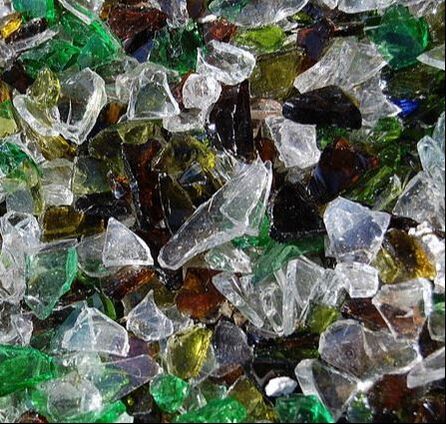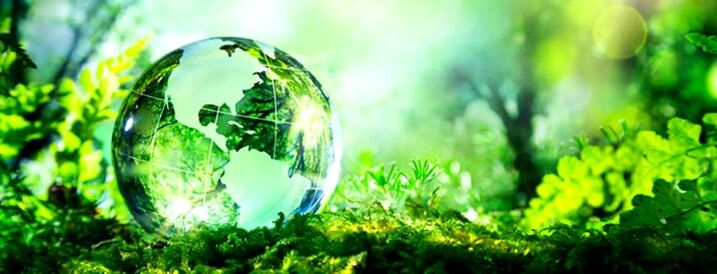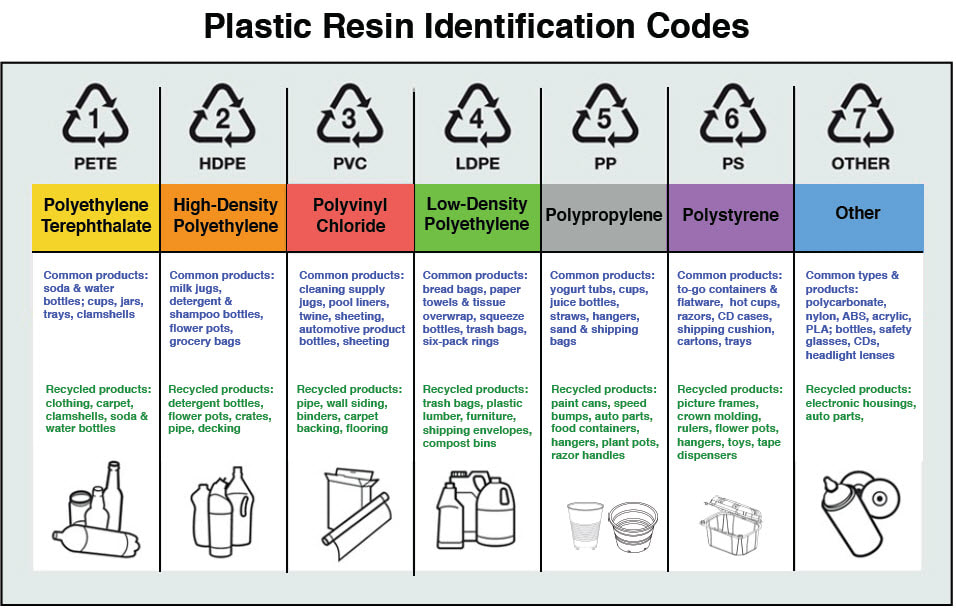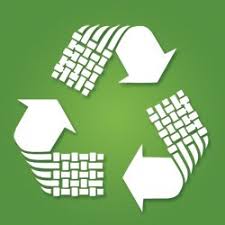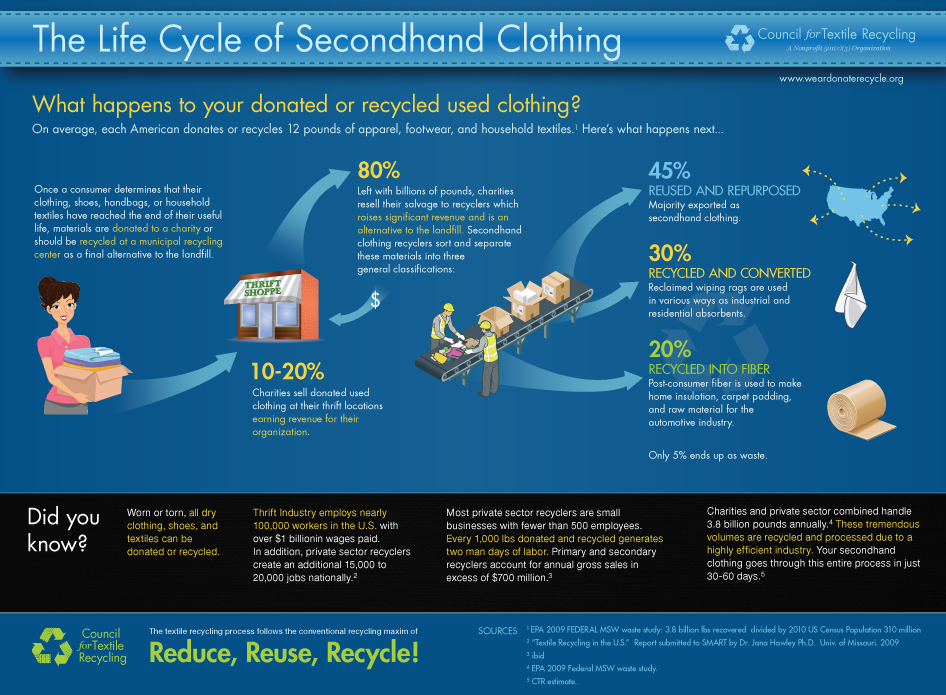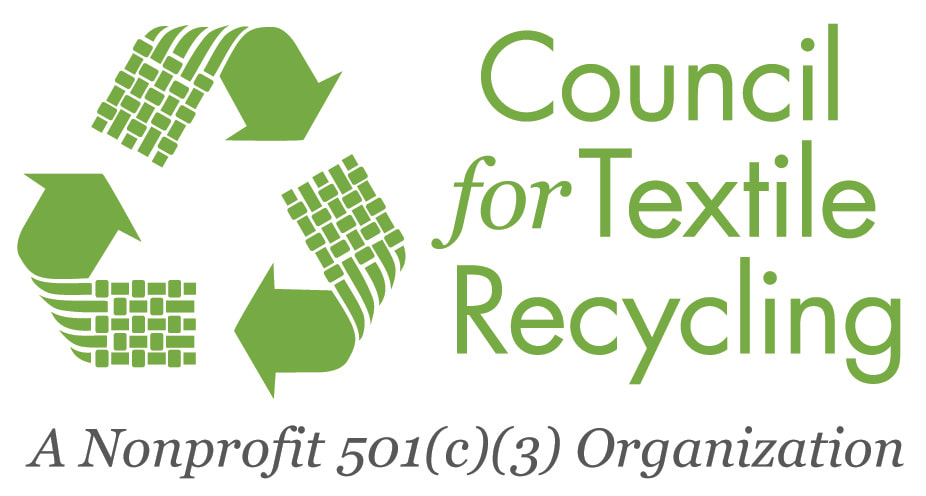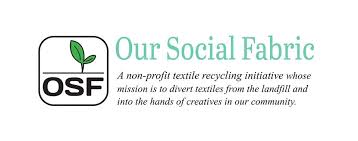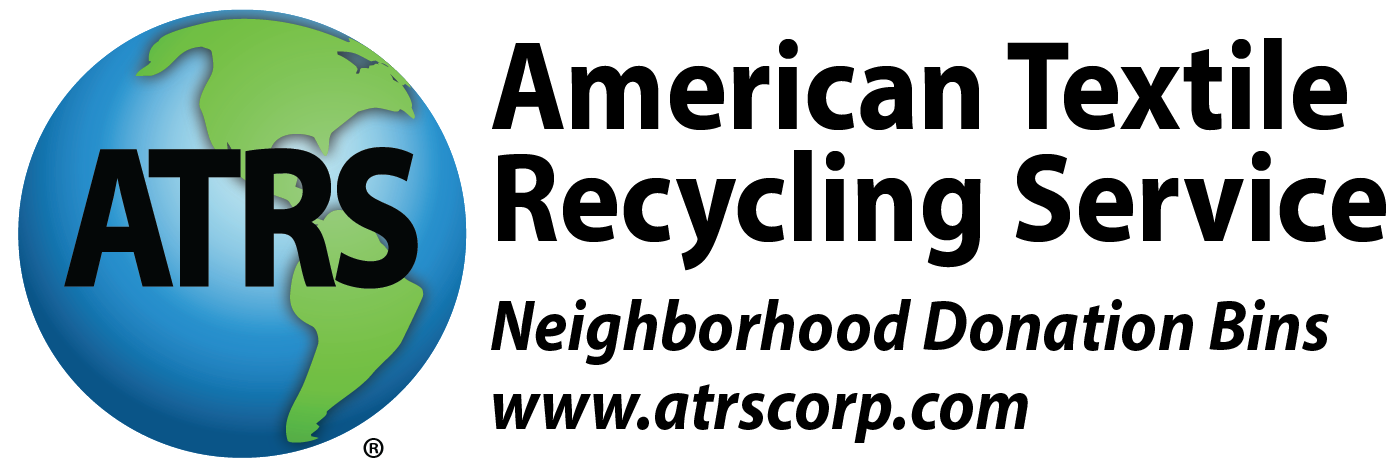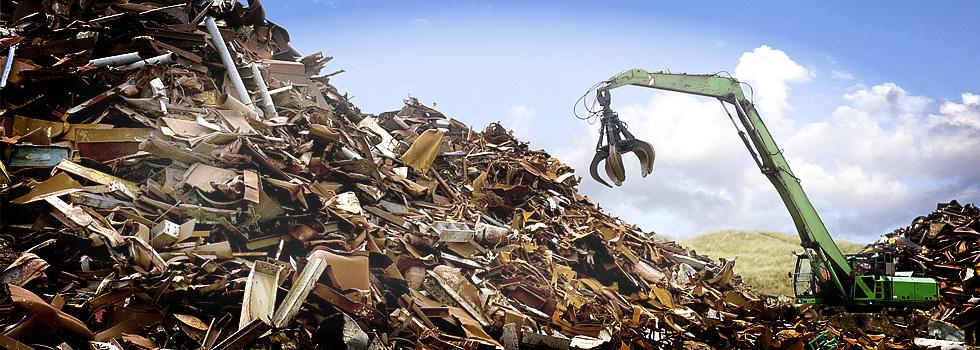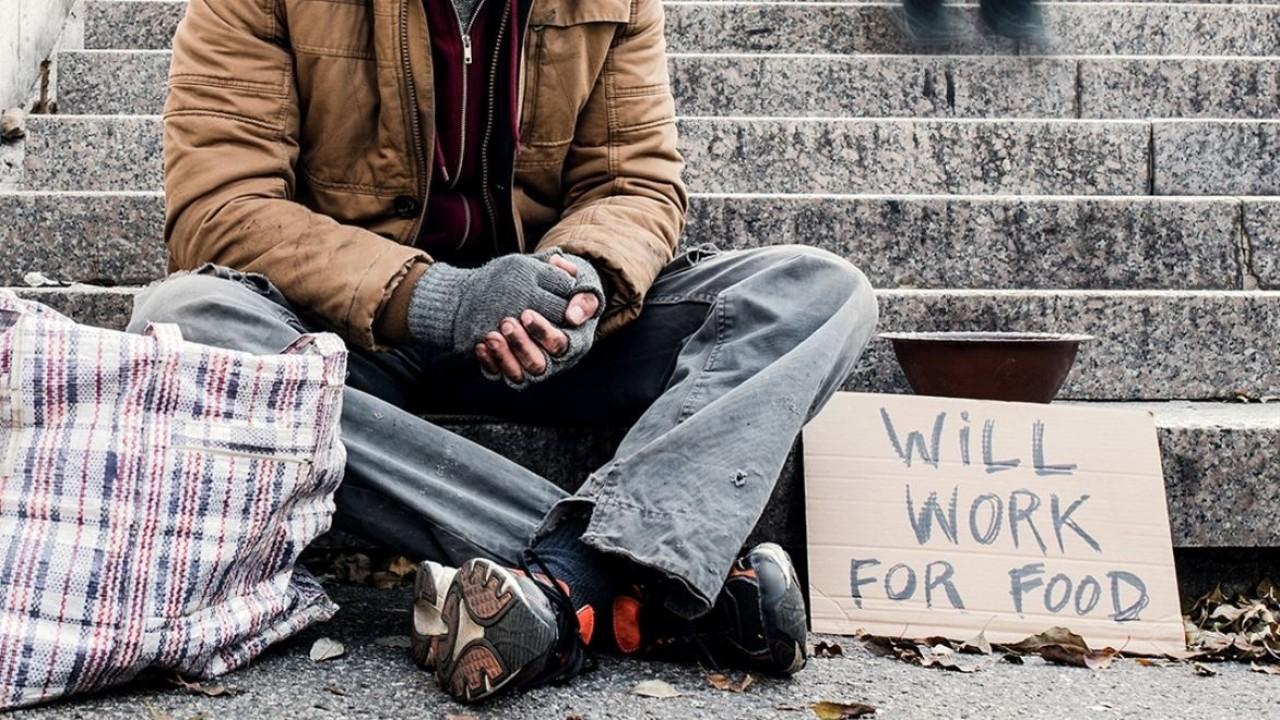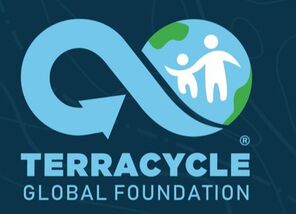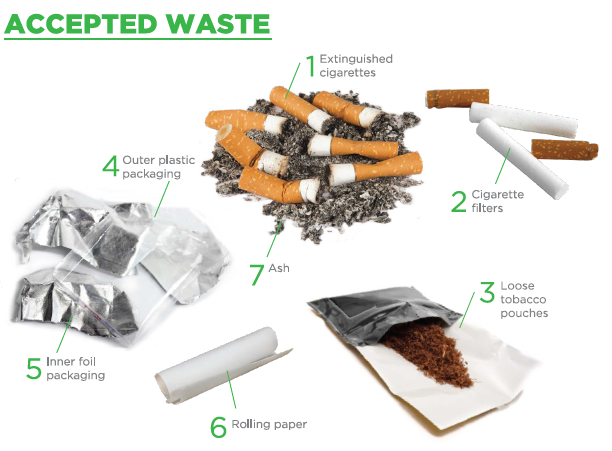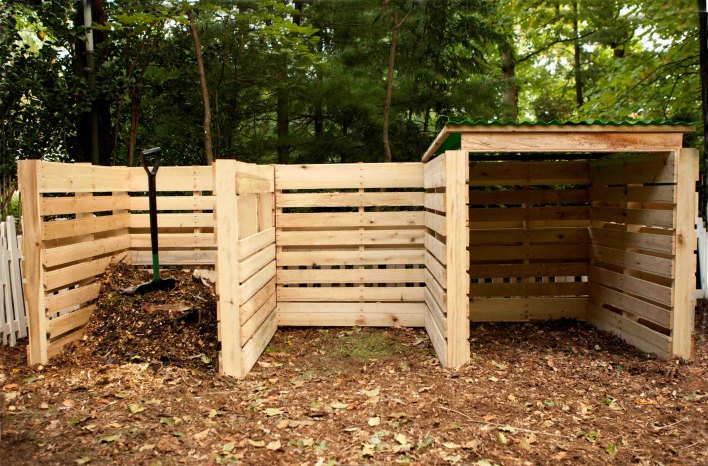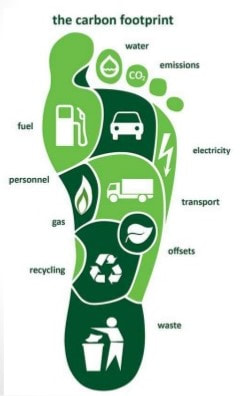CPH Sustainability Skill Share
The following Content was produced as an Offering/Workshop for Resonance in the Mountains 2020. As this Retreat shifted to a Virtual gathering due to Covid-19, this Workshop was recorded live as a Guided Zoom Session.
Should you wish to have access to the Guided Workshop where the below material is intimately explained in depth by CPH, please email [email protected] for details.
#SustainabilityScavenger State of Mind
Coyote Shortcuts, Scavenges, and other
Earth Saving Hacks
Open the mind to an alternate way of thinking, “How can we reuse/maximize this resource which has been provided?” Invite the sight to see, “What else can this be?” Let the creative juices run wild with
Resourcefulness; Reducing, Reusing, or Recycling most everything placed in your path.
Find additional strength and power through this practice of Sustainable Self Sufficiency.
Resourcefulness; Reducing, Reusing, or Recycling most everything placed in your path.
Find additional strength and power through this practice of Sustainable Self Sufficiency.
A Breif Coyote's Taile
Know in another world as "The Guardian of the Northwood's Edge,"
CPH has been making their living as a Professional Restoration Ecologist,
a Woodland Warrior, and a Mystical Midwife for Life for nearing 8years at this point.
CPH has been making their living as a Professional Restoration Ecologist,
a Woodland Warrior, and a Mystical Midwife for Life for nearing 8years at this point.
Given most of my work is completed as a solo venture, the following skills have been honed with Grace, Endurance, Blood, Sweat, Tears (both joyous and rageful) and by telling myself, "Yes, we can in fact do this.
Adaptation - Curiosity - Pragmatism - Persistence - Unconventional Problem Solving
Sustainability, we have often said, will be achieved eventually — either by disaster or by design. As streets are emptied and planes are grounded, air pollution has gone down, and the global carbon footprint has decreased.
Our Intentions...Our Dharma, is to shift how Ecological Resources are cared for, seen, respected, and managed so All Life can thrive in a symbiotic community working interconnectedly within the natural realms of nature.
We long to share what skills we have to offers, in hopes of facilitating a growing awareness to the interconnectedness of all things, bringing Light to this immense cloud of Shadow looming about the Collective Unconsciousness.
Our Intentions...Our Dharma, is to shift how Ecological Resources are cared for, seen, respected, and managed so All Life can thrive in a symbiotic community working interconnectedly within the natural realms of nature.
We long to share what skills we have to offers, in hopes of facilitating a growing awareness to the interconnectedness of all things, bringing Light to this immense cloud of Shadow looming about the Collective Unconsciousness.
What's in your Rubbish?
A large percentage of household’s do not concern themselves with what happens to their trash when it leaves their sight while throwing everything that they consider ‘rubbish’ into their ordinary trash bin.
With a bit of Resourcefulness, much of this waste can be Recycled, and Repurposed greatly Reducing the amount of general household waste.
Half a lifetime a Coyote Scavenger, has honed CPH to look for neglected items and objects others have thrown away, not afraid to dirty our paws and grease our elbows, shifting a reusable resource out of early retirement.
So, let us take a look inside the average American Rubbish Bin and see how much of the contents can be Coyoted.
So, let us take a look inside the average American Rubbish Bin and see how much of the contents can be Coyoted.
|
<--Total MSW Generated by Material 2013 Stats 254 Million Tons (before recycling) Up to 267.8MT in 2017 - from EPA Web Archive
2017 MSW Stats25% - Paper and Paperboard: Cereal Boxes, Envelopes, Newspaper
15.2% - Food Waste: Spoiled and Forgotten Food, Vegetable Stalks, Coffee Grounds, Egg Shells 13.2% - Plastics: Milk and Juice Jugs, Yogurt Containers, Sports Drinks Bottles, Laundry Soaps 13.1% - Yard Trimmings: Grass, Leaf Litter, Dead Vegetation 9.4% - Metals: Canned Vegetables, Chocolate Wrappers, Tin Foil, Aluminum Cans, Coffee Cans 6.7% - Wood: Leftover Building Supply, Scraps 6.3% - Textiles: Old Clothing, Socks, Undergarments, Sheets, Fabrics 4.2% - Glass: Beverage Bottles, Salsa, Spice, & Sauce Containers 3.4% - Other: Misc. Inorganics, Human and Pet Waste 3.4% - Rubber and Leather |
Stepping back into the micro of our own personal refuse storylines vs.
the stats of the collective, before you go trashing that next thing
consider a moment of Mindful reflection.
the stats of the collective, before you go trashing that next thing
consider a moment of Mindful reflection.
Invite Creativity in to assist, "How might we Reuse this?"
Invite the sight to see, "What else could this be?"
If my Pack has no need for this Resource, can this object be Recycled by Industry or Community?
The CPH Household currently runs as a 2Pack with the addition of a furry-fourpawed-cat-companion. As a collective group, we only produce one standard sized grocery bag of trash every two weeks, if not less and most of what is in the actual Trash Bin, used to belong to the cat. While we are not quite achieving a zero waste lifestyle, we produce far less waste than what we observe in other households.
Consider reducing your waste production by setting up a "Sorting Station"
to presort your Pack's rubbish into various Resources.
Consider reducing your waste production by setting up a "Sorting Station"
to presort your Pack's rubbish into various Resources.
(None of these containers are actually for the household trash.)
Bin Function at the CPH Household Listed Left to Right:
|
1. Ferrous and NonFerrous Metals
3. Recyclable Paper Products |
2. Plastics and Glass
4. This is a Paper Shredder for Sensitive Documents |
5. Bin for Deposits - CPH lives in a state with a 5cent Bottle Deposit Incentive to Recycle some of our plastics, metals, and glass beverage containers, most of which we find on the street while walking or scavenge from others not wanting to take the time to return this easy money to their pocket.
Other Bins/ SortingStations not Pictured from the CPH Household
6. Burnables Bag - For soiled napkins, tissues, Q-Tips, single use tea bag coverings, bits of paper 2 small to be properly recycled, letters containing sensitive information (Use as starting fuel for backyard fires, or simply enjoy a short burn)
7. Compostable Food Waste - This is a covered container to ward off fruit flies
8. Coffee Grounds - This is a seasonal container, comes around during the times of the year we are growing Tomatoes and anything else that likes acidic soils. When out of season, grounds go in regular compost.
9. Donation Bin: 2nd Hand Store - Old Clothing, Objects, & Items that have been let go, yet still have life to cycle
10. Donation Bin: Community - Bin to collect things for people personally, fun game being the delivery service
11. Aluminum Can Tabs Container - Tab collection for Charity - https://rmhc-ctma.org/get-involved/collect-pop-tabs/
12. Metal Bottle Caps Container - Practice Slight of Hand and Scavenge while out and about with others. Collect for to sell, scrap, or begin to tap into that creative resourceful side to create your own Bottle Cap Crafts
7. Compostable Food Waste - This is a covered container to ward off fruit flies
8. Coffee Grounds - This is a seasonal container, comes around during the times of the year we are growing Tomatoes and anything else that likes acidic soils. When out of season, grounds go in regular compost.
9. Donation Bin: 2nd Hand Store - Old Clothing, Objects, & Items that have been let go, yet still have life to cycle
10. Donation Bin: Community - Bin to collect things for people personally, fun game being the delivery service
11. Aluminum Can Tabs Container - Tab collection for Charity - https://rmhc-ctma.org/get-involved/collect-pop-tabs/
12. Metal Bottle Caps Container - Practice Slight of Hand and Scavenge while out and about with others. Collect for to sell, scrap, or begin to tap into that creative resourceful side to create your own Bottle Cap Crafts
Quick Resource for 35 Bottle Cap Crafts - https://homesthetics.net/35-fun-ways-of-reusing-bottle-caps-in-creative-projects/
Repurposing these newly harvested Resources
Waste is our biggest Resource. The most sustainable materials are the ones we already have!
- Arielle Crawford
- Arielle Crawford
Paper Products
Cardboard Boxes - Cover them in Fabric to Produce Crafty Storage Boxes, organizing & storing lesser used items, or reuse as a free shipping container. Break the boxes down, use as backdrop for painting on, place under vehicles to catch dripping oil and supply a buffer layer between you and the vehicle. Give to the cat or the kids to construct a play-fort to climb around in and through just to name a few.
Corrugated Cardboard Sculptures - by Mark Langan
For additional out-of-the-box Cardboard Design on a grand scale, check out these cool & unusual projects made from cardboard
https://www.homedit.com/projects-made-out-of-cardboard/
https://www.homedit.com/projects-made-out-of-cardboard/
Cereal and other Food Product PaperBoard - This semi-ridged material is great to scavenge for a multiple projects,
including simple dividers, bookmarks, and reinforced box bottoms for the paper gift boxes listed above and shown below. Collect
and tape multiple boxes together to create a tiered organizer. Consider spray painting the branded side of the paperboard, if the
reverse is to be seen. Double up on the Cereal Cardboard and cover with fabric to create DIY Picture Frames.
including simple dividers, bookmarks, and reinforced box bottoms for the paper gift boxes listed above and shown below. Collect
and tape multiple boxes together to create a tiered organizer. Consider spray painting the branded side of the paperboard, if the
reverse is to be seen. Double up on the Cereal Cardboard and cover with fabric to create DIY Picture Frames.
Colored Paper - Consider jumping down the Paper Scraps Rabbit Hole to browse some of CPH's personally made Paper Crafts custom Greeting Cards, or other fun Paper Crafts from Gift Boxes to Paper Pinecones. Also have you ever googled "Paper Quilling..." Holy wow! Prepare to be amazed by paper scrap art. Here are a few Quilling examples below just to wet the pallet.
A few CPH Paper Scrap Shots
Paper Towel & Toilet Paper Tubes - Creative possibilities are endless when it comes to this resource. Craft accessory holders, suet feeders, decorative wall art, tiny gift boxes, "tube toys", napkin rings, or create simple seed starter tubes just to name a few of the nifty things that can be up-cycled. Not feeling crafty, no worries! Consider donating your supply stock to a local school, kids museum, day care as needed.

Newspaper, Magazines, & Periodicals -
- Reuse as newspapers for packaging and wrapping paper
- Consider donating used magazines, periodicals to a local library or doctor's offices as reading materials
- Snip away photos to create a collage, cut away words and mix them up as a creative exercise in word craft.
- Create anonymous messages
- Reduce paper waste by cancelling unwanted subscriptions, or read news online as opposed to buying newspapers.
- Consider placing a ‘no junk mail please’ sign on your letter box to reduce unwanted deliveries.
- Reuse paper around the home as scrap paper or packing material. Envelopes can also be reused.
- Set your printer to print on both sides of the paper.
- Buy recycled paper whenever possible.
|
Shredded Paper -
|
Repurposing Glass
Glass found in municipal solid waste stream primarily exists in the form of containers such as beer, coffee, and soft drink bottles, wine and liquor bottles, and containers and jars for food, cosmetics and other products. The average household throws out about 480 pounds of glass every year. (EPA Stat) Even if you don’t quite meet the national average your fridge probably contains a few sauces, beverages and condiments chilling in glass containers. There are plenty of neat ideas out there for reusing them. Here are but a few snippets of glass bottle creativity.
Glass Bottles:
Glass Bottle Cutting Resources:
● How to Cut Glass Bottles - https://www.youtube.com/watch?v=obZvrg92M4M
● How To Drill Holes in Glass - https://www.youtube.com/watch?v=U_NtTBTGp20
● How to Cut Glass Bottle Rings - https://www.youtube.com/watch?v=fKJNoraNwKw
● How to Cut Glass Bottles - https://www.youtube.com/watch?v=obZvrg92M4M
● How To Drill Holes in Glass - https://www.youtube.com/watch?v=U_NtTBTGp20
● How to Cut Glass Bottle Rings - https://www.youtube.com/watch?v=fKJNoraNwKw
A small sample of CPH's Repurposed Glass Etching Projects
To browse the entire CPH Collection, check out:
https://celticallyprimaletchings.weebly.com/
https://celticallyprimaletchings.weebly.com/
Glass Jars:
Glass containers are impermeable, air-tight, and transparent, making them amazing resources for storing food items in the pantry. Consider buying certain foods in bulk, like rice, spices, beans, lentils and store them in smaller containers to free up cupboard and pantry space.
Glass does not deteriorate, corrode, stain or fade, ensuring that the products inside a glass bottle keep their strength, aroma, and flavor. In fact, glass has an inherently longer shelf life than any packaging material.
Not just for food items, Glass Jars can store pretty much anything you want too with value found in the offices, workshops, and craft rooms.
Glass containers are impermeable, air-tight, and transparent, making them amazing resources for storing food items in the pantry. Consider buying certain foods in bulk, like rice, spices, beans, lentils and store them in smaller containers to free up cupboard and pantry space.
Glass does not deteriorate, corrode, stain or fade, ensuring that the products inside a glass bottle keep their strength, aroma, and flavor. In fact, glass has an inherently longer shelf life than any packaging material.
Not just for food items, Glass Jars can store pretty much anything you want too with value found in the offices, workshops, and craft rooms.
Repurposing Plastics
Consider reusing plastic grocery bags for smaller rubbish bins, to carry a few extra in the vehicles for extra carrying capacity, for groceries again.
CPH's home-state put in place a plastic bag ban. This inspired our home pack to reuse cereal bags for cat litter, given the supply shift.
CPH's home-state put in place a plastic bag ban. This inspired our home pack to reuse cereal bags for cat litter, given the supply shift.
Repurposing Textiles
Fast Fashion Fads and the internet have given us accessibility to a constantly changing array of attire, creating a sense of urgency and a desire to get our hands on new clothes, new trends, and different colors. The U.S. alone sends 26 billion pounds of clothing to landfills per year.
Reclaiming fibers diverts 3 million tons of clothing from landfills per year, with so much potential for more.
Recycled fabrics minimize energy and resource consumption, waste, and environmental impact.
Reclaiming fibers diverts 3 million tons of clothing from landfills per year, with so much potential for more.
Recycled fabrics minimize energy and resource consumption, waste, and environmental impact.
Below: THE UKAY UKAY MOUNTAINS IN THE PHILLIPINES ARE A TEXTILE DUMPING GROUND AND SOURCE OF USED CLOTHING FOR LOCALS AND VISITORS - IMAGE: CEBU DAILY NEWS - as sited from this Amazing article about Textile Waste and Recycling by Jacinta FitzGerald -https://www.makegood.world/fashions-problem-with-waste
|
Before making new clothing purchases, consider browsing the second hand market first. Choosing to shop at thrift shops, or swapping with friends and neighbors, helps reduce the amount of newly manufactured clothing brought into the home, and it helps reduce the amount of clothing that ends up in the landfill. Search clothes swapping groups IRL or online to make the most of your leftovers and still get that new clothes buzz. Check into clothing resell apps like Poshmark to resell your things in your own closet.
Poshmark is a social commerce marketplace where people in the United States can buy and sell new or used clothing, shoes, and accessories. |
Repurposing Wood
Pallet Projects
The most valuable/Inspiring Woodworking/WoodSkill this one could leave y'all with is an introduction to April Wilkerson.
April Wilkerson is an American YouTuber who specializes in Do-it-Yourself Woodworking and metalworking projects around the home.
April Wilkerson is an American YouTuber who specializes in Do-it-Yourself Woodworking and metalworking projects around the home.
Her YouTube Channel:
https://www.youtube.com/channel/UC4v2tQ8GqP0RbmAzhp4IFkQ
Her Blog:
https://wilkerdos.com/
https://www.youtube.com/channel/UC4v2tQ8GqP0RbmAzhp4IFkQ
Her Blog:
https://wilkerdos.com/
Repurposing Metals
|
This bin collects Tin Cans from Tuna and other canned goods, clean Aluminum Foil including Chocolate Wrappers and the inner seal on Yogurts, Copper Bearing Wire, Misc. Screws, Nuts, Nails, Staples, Brass or Copper Plumbing, absolutely anything metal both Ferrous and Nonferrous.
While most municipality recycling programs provide an All-in-One recycling stream, including metals, plastics, paper and glass to go in the same bin, Metal gets a seperate bin in the CPH Household because this one goes the extra step to take the Re-sorted metal to a scrap yard for a bit of green in return for keeping things out of a land fill. |
A Glimpse of Metal Scavenging
Constructiong a Backyard Foundry
April Wilkerson is back with a how to video for making your very own backyard foundry.
Part One:
https://www.youtube.com/watch?v=wLM8w4-6AaE
Part Two:
https://youtu.be/Et4cT0UBe44
Part One:
https://www.youtube.com/watch?v=wLM8w4-6AaE
Part Two:
https://youtu.be/Et4cT0UBe44
A Second Resource for Fabricating a Crucible for an Aluminum Foundry Furnace. A Start to Finish Video Showing How
MSFN Makes Their Crucibles For Melting Aluminum For The Backyard Foundry With Very Little Cost!
This Particular Crucible Will Hold Approx 10-12lbs of Molten Aluminum.
Makin Sumthin From Nuthin
https://www.youtube.com/watch?v=1Jn6VJq9my4
MSFN Makes Their Crucibles For Melting Aluminum For The Backyard Foundry With Very Little Cost!
This Particular Crucible Will Hold Approx 10-12lbs of Molten Aluminum.
Makin Sumthin From Nuthin
https://www.youtube.com/watch?v=1Jn6VJq9my4
A Glimpse of Metal-Smithing
Addressing Food Waste
'The amount of wasted food is equivalent to about 9% of the global Ecological Footprint.
That’s because at least one-third of all the food produced in the world is wasted every year in the fields, in people’s homes, and everywhere in between, according to the UN Food and Agriculture Organisation. Fruits and vegetables, plus roots and tubers have the highest wastage rates of any food (40-50%) compared to cereals (30%), fish (35%), oil seeds, meat and dairy (20%).
How can you take on food waste in your daily life? Is it about shopping smarter? Can you improve your household produce management—and cook soups at the end of the week, with stock you made from the extra veggie scraps from the week? Or can you join a local organization whose mission it is to divert food from trash through donations to food aid organizations?'
That’s because at least one-third of all the food produced in the world is wasted every year in the fields, in people’s homes, and everywhere in between, according to the UN Food and Agriculture Organisation. Fruits and vegetables, plus roots and tubers have the highest wastage rates of any food (40-50%) compared to cereals (30%), fish (35%), oil seeds, meat and dairy (20%).
How can you take on food waste in your daily life? Is it about shopping smarter? Can you improve your household produce management—and cook soups at the end of the week, with stock you made from the extra veggie scraps from the week? Or can you join a local organization whose mission it is to divert food from trash through donations to food aid organizations?'
https://www.takeextinctionoffyourplate.com/waste/
https://www.usda.gov/oce/foodwaste/faqs.htm
https://www.usda.gov/oce/foodwaste/faqs.htm
Consider being intentional about nurturing nature, either growing something new in a garden, caring for a kitchen garden for my herbs, or joining a local community garden. Being in nature makes us feel good. The collective depend upon fertile soil, clean water, and pristine air for the physical bodies to nourished and thrive.
Recycle the unneeded Resource
Can this object be Recycled by Community or by Industry?
Paper: |
Most Municipalities are required to offer options to recycle unsoiled Paper Products, such as Newspapers, Letters, & Magazines, Card & Paperboard. (Only recycle gummed paper if specified, such as envelopes and stickers, else add to the burnable bin.)
Consider donating your used papers at a local recycling bank or with services such as Paper Retriever. |
The Paper Retriever program is a free revenue-generating service for schools, offices, churches and other community-based organizations. The program pays you based on volume and market, to host collection bins on your property, benefiting both the environment and the organization. For many participants the Paper Retriever program is an effective fundraising strategy.
|
What Goes in the Paper Retriever® Bin
Newspaper and Inserts – New newsprint can be made from 100% recycled paper. No virgin fiber has to be added when using this type of process. Magazines/Catalogs – Our Retriever program is happy to take magazines and catalogs, all slick paper. We can use all this high quality/high fiber paper with the exception of any paper coated in wax. Mail – Most direct mail is printed on high quality recyclable paper. Please recycle the mail that you feel comfortable putting in our recycling bin. |
|
Office/School Papers – These types of paper are highly recyclable. Because of the proliferation of paper created by offices and schools, please use the Retriever bin to recycle all that you can. We are able to accept window envelopes, paperback books, workbooks and staples without a problem.
Shredded Paper – Accepted but PR requests that the shreds are bagged before putting them in the Retriever bin. PR does NOT accept Cardboard, colored paper, or phone books. Check your local municipalities for recycling listings to see what is accepted where.
|
Glass: |
Recycling glass containers provides for unmatched production efficiencies and significant environmental benefits as it can be reylcled endlessly with no loss in purity:
|
Glass that has been collected for recycling is called cullet. Glass container manufacturers use recycled cullet,
combined with soda ash, limestone and sand, to create "new" glass.
Materials to keep out of the glass recycling mix includes ceramic cups and plates, clay pots, drinking glasses, light bulbs,
and mirror and window glass. These items are not recyclable and will contaminate a batch of cullet.
combined with soda ash, limestone and sand, to create "new" glass.
Materials to keep out of the glass recycling mix includes ceramic cups and plates, clay pots, drinking glasses, light bulbs,
and mirror and window glass. These items are not recyclable and will contaminate a batch of cullet.
Resources on where to Recycle Glass Bottles and Jars from the Glass Packaging Institute
https://www.gpi.org/where-to-recycle
Visit Earth 911 to find a location for: Residential curbside collection & Drop-off collection sites
Check out ContainerRecycling.org to learn about: Beverage Container Recycling Refund Programs
(AKA "bottle bills") (currently in 10 states, CPH's home state included)
Look to the Glass Resource Locator to see how to deposit unused inventory and find in-house cullet at glass manufacturing plants.
View a list of State Recycling Organizations (SROs). This list was developed by GPI to provide information to individuals, communities, municipalities and businesses seeking information on where and how to recycle glass. As recycling is often a local issue, the SROs have a wealth of in-state information on collection, sorting, processing and end markets for recycled glass. This list is current as of June, 2015.
https://www.gpi.org/where-to-recycle
Visit Earth 911 to find a location for: Residential curbside collection & Drop-off collection sites
Check out ContainerRecycling.org to learn about: Beverage Container Recycling Refund Programs
(AKA "bottle bills") (currently in 10 states, CPH's home state included)
Look to the Glass Resource Locator to see how to deposit unused inventory and find in-house cullet at glass manufacturing plants.
View a list of State Recycling Organizations (SROs). This list was developed by GPI to provide information to individuals, communities, municipalities and businesses seeking information on where and how to recycle glass. As recycling is often a local issue, the SROs have a wealth of in-state information on collection, sorting, processing and end markets for recycled glass. This list is current as of June, 2015.
Glass recycling is a closed-loop system, creating no additional waste or by-products
rendering glass the most environmentally friendly material to recycle...
So like... TN, ... What Gives? ... Just Recycle Glass Already.
rendering glass the most environmentally friendly material to recycle...
So like... TN, ... What Gives? ... Just Recycle Glass Already.
Plastics: |
Broadly, there are two major ways to recycle plastic: (1) mechanical recycling ("chop and wash"), where the plastic is washed, ground into powders and melted, and (2) chemical recycling, where the plastic is broken down into basic components. Before recycling, most plastics are sorted according to their resin type. Most municipalities accept at least some of these Resins. Consider looking for a local recycling plant to drop off the rest or look to see if your local scrap yard collects plastics. Some do, some don't. Its a 50/50 either way.
|
Susan Robinson, Senior Public Affairs Director for Waste Management has some neat thing to say about 'Recycling More? Or…Recycling Better?' in this article from the Waste Management Blog - http://mediaroom.wm.com/recycle-more-or-recycle-better/
Textiles & Fabrics: |
Textiles include more than clothes. They include towels, rags, bed sheets, carpets, rugs, curtains, and a host of other items. While most people realize that wearable used clothes can be donated to a local Goodwill, Salvation Army, Amvets, or some other local charity.
|
|
How most textile recycling goes: When a charity or a for-profit textile collection business receives a pile of textiles, the first thing they do is go through the items and grade them, separating the good stuff from the not-so-good stuff.
The best clothing items, shoes, etc. are typically resold through thrift shops here in the US. Clothing that is wearable—but might be missing a few buttons or have some other minor flaws—are typically sold in in bulk and wind up being used in overseas markets. People living in those markets tend to have more of a “repair culture” rather than a “disposal culture,” and will think nothing of patching a piece of clothing or replacing a button. |
The unwearable items, like rags, towels, used underwear, and so on, are further separated. Some items are cut up and resold into industrial markets as wiping rags. Other material is sold off to be shredded and used to make insulation, stuffing for cushions or stuffed animals, carpet padding, soundproofing in the automotive industry, and similar applications.
Other Non- & For-Profit Textile Recycling Models
|
Since its inception, FABSCRAP has collected more than 130,000 lbs. of raw material from dozens of fashion brands.
Co-founder Camille Tagle, a fashion designer by training, helps to classify and sell the fabric. Full rolls of fabric are cut into yards to be sold, while smaller pieces of textile are offered for sale as is. Students can buy fabric at at discount, while non-profit organizations can acquire fabric free of charge. - https://fabscrap.org/ |
Wood and other Building Materials:
Buildings are made from many materials, many of which are recyclable such as metal, wood, bricks, cinder blocks, etc.
Many of these items can be recycled and reused.
A local Maker Space or the very specific Architectural salvage yards
Using extra masonry blocks and bricks for substitute shelving/ retention
Many of these items can be recycled and reused.
A local Maker Space or the very specific Architectural salvage yards
Using extra masonry blocks and bricks for substitute shelving/ retention
|
Habitat for Humanity ReStores are independently owned reuse stores operated by local Habitat
for Humanity organizations that accept donations and sell home improvement items to the public at a fraction of the retail price. Proceeds are used to help build strength, stability, self-reliance and shelter in local communities and around the world — a good deal for you, your community and the environment. |
Food Waste:
● Personal Compost - More on this in the Skill Share below
● Local Pig Farmers - Reach out to your local farmers whom may be looking for extra ways to offset their livestock feed.
Pigs will eat jut about anything too...
● Food Banks & Homeless Shelters - Every little bit that offsets is less stress on the Non Profits and Volunteers
● Directly into the Hands of the Homeless - Our NYC Trip was full of opportunities to share in this way
● Local Pig Farmers - Reach out to your local farmers whom may be looking for extra ways to offset their livestock feed.
Pigs will eat jut about anything too...
● Food Banks & Homeless Shelters - Every little bit that offsets is less stress on the Non Profits and Volunteers
● Directly into the Hands of the Homeless - Our NYC Trip was full of opportunities to share in this way
And for those things in-between:
Introducing TerraCycle
|
TerraCycle is a foundation that provide national recycling solutions for typically hard-to-recycle waste streams. Their goal is to focus on hard-to-recycle materials, developing circular solutions for otherwise linear systems.
TC offers free recycling programs funded by brands, manufacturers, and retailers around the world to help you collect and recycle your hard-to-recycle waste. Simply choose the programs you’d like to join; start collecting in your home, school, or office; download free shipping labels; and send us your waste to be recycled. You can even earn rewards for your school or favorite non-profit! |
Some of these Name Brand manufactures include: Airborne, Bausch and Lomb, Bic, Britta, Berts Bees, Colgate, Dawn, Fabreze, Procter & Gamble, Solo - like the Cup, Swiffer & Tide just to name a few.
There are a multitude of programs to participate in. Doing so not only supports the partnerships between TerraCycle and the participating companies, but your participation also creates additional awareness to how much rubbish we (the collective) produce, and how companies can take responsibility for the trash they pass onto the consumers.
Sustainability Skill Shares
Composting, Gardening, & Other Green Hacks to Supplement your Pack's Food and Supplies
Food Waste --> Composting
Composting is an excellent way to recycle kitchen and garden waste into organic nutrient dense humus (soil) to help your garden grow.
How Composting Works Composting is the decomposition of materials that originated from animals and plants. These organic materials can be things such as plant trimmings, vegetable cuttings, eggshells and teabags. The composting process produces a dark, crumbly matter that can be used as fertilizer in garden soil, named Humus.
The main stages of composting are:
How Composting Works Composting is the decomposition of materials that originated from animals and plants. These organic materials can be things such as plant trimmings, vegetable cuttings, eggshells and teabags. The composting process produces a dark, crumbly matter that can be used as fertilizer in garden soil, named Humus.
The main stages of composting are:
- Adding organic materials to a compost bin
- Micro-organisms, such as bacteria and fungi, break sown the soft material.
- This causes the compost pile to heat to around 60°C. This is the ideal temperature for micro-organisms to work at.
- The compost pile then cools to below 30°C.
- Small creatures such as worms and insects then break down the tougher material.
- The whole process usually takes about 3 – 9 months, and results in a nutrient-rich fertilizer to use in your garden.
- The compost that is ready to use can be taken from the bottom of the pile, leaving the rest to finish the process.
What Goes in a Compost Bin
|
What to Add to your compost pile:
|
What NOT to add to your compost pile:
Consider using these Oak, Pine, & Walnut Leaves to back-fill low spots and depressions around the yard or check if the local municipality has a curbside lawn debris removal program. |
A successful compost will have a ratio of 20 parts brown : 1 part green. The compost pile will need at least 4-12 weeks to create a good batch. It can be added directly to plants as mulch or worked into soil.
Consider building your own Compost Bin
|
Consider purchasing a prefabricated compost bin or build your own from Scrap Pallets.
The compost bin should be placed in a well-lit and well-drained area of the garden. Try and keep the compost bin out of the wind to help contain the decomposition smell. Improve drainage by breaking up the soil underneath the compost bin, and turning it over every few weeks or so. |
Gardening
Gardening is a roller coaster. It’s likely the season will be filled with victories and disappointments, but don’t let that discourage your will to keep trying. Whether you’re growing in containers on your deck or you've converted aa half-acre plot, CPH is rooting for you. Every step you make towards taking charge of your personal food supply is a WIN that resonates on a global scale.
Additional Gardening Resources
Check out Jill Winger Homesteading Blog - Packed full of ways to help people leave the herd and grow their dreams.
Jills Resources for Gardening as someone whom makes a living off the land, growing food for a family of five. - https://www.theprairiehomestead.com/category/the-barnyard/gardening-growing
Natural Remedies & Healthcare - https://www.theprairiehomestead.com/category/old-fashioned-skills/essential-oils
Vegetables that Grow in the Shade - https://www.theprairiehomestead.com/2020/02/vegetables-that-grow-in-the-shade.html
Organic Pest Control Garden Spray Recipe - https://www.theprairiehomestead.com/2015/07/organic-pest-control-garden-spray.html
15 Creative Uses for Coffee Grounds - https://www.theprairiehomestead.com/2014/02/uses-for-coffee-grounds.html
Coffee Sugar Scrub Recipe - https://www.theprairiehomestead.com/2014/12/coffee-sugar-scrub-recipe-2.html
11 Creative Ways to Use Old Egg Cartons - https://www.theprairiehomestead.com/2014/07/egg-carton-uses.html
16 Recipes for Dandelion Harvesting - https://www.theprairiehomestead.com/2014/04/dandelion-recipes.html
Jills Resources for Gardening as someone whom makes a living off the land, growing food for a family of five. - https://www.theprairiehomestead.com/category/the-barnyard/gardening-growing
Natural Remedies & Healthcare - https://www.theprairiehomestead.com/category/old-fashioned-skills/essential-oils
Vegetables that Grow in the Shade - https://www.theprairiehomestead.com/2020/02/vegetables-that-grow-in-the-shade.html
Organic Pest Control Garden Spray Recipe - https://www.theprairiehomestead.com/2015/07/organic-pest-control-garden-spray.html
15 Creative Uses for Coffee Grounds - https://www.theprairiehomestead.com/2014/02/uses-for-coffee-grounds.html
Coffee Sugar Scrub Recipe - https://www.theprairiehomestead.com/2014/12/coffee-sugar-scrub-recipe-2.html
11 Creative Ways to Use Old Egg Cartons - https://www.theprairiehomestead.com/2014/07/egg-carton-uses.html
16 Recipes for Dandelion Harvesting - https://www.theprairiehomestead.com/2014/04/dandelion-recipes.html
Tips for Managing your Food Supply
Sour Dough Bread Resources
The Science is that this bread only two ingredients. Flour and Water.
Fermentation Resources
Beef Up Your Plant-Based Diet
https://www.youtube.com/playlist?list=PL8zglt-LDl-hbTt_pVnyaqj-05nYR89hB
It takes 14 times as much biologically productive land to produce 1 ton (or 907 kilograms) of beef as it takes to produce 1 ton of grain. Pork? 1.9 times as much. Furthermore, global livestock is responsible for 9% of all anthropogenic carbon emissions (a conservative estimate.)
It takes 14 times as much biologically productive land to produce 1 ton (or 907 kilograms) of beef as it takes to produce 1 ton of grain. Pork? 1.9 times as much. Furthermore, global livestock is responsible for 9% of all anthropogenic carbon emissions (a conservative estimate.)
Consider Foraging For Wild Foods and Medicines
Various Resources and Blogs based on wild foraging techniques. (More info to come, consider checking back in)
Consider Calculating Your Bipedal Footprint
Resourcefulness
Access your power, open your creative third eye, remember your resourcefullness!
"Hopefully, at the end of this Resonance Presentation, this one is thinking...
"Whew! *Paws brow while exhaling relief* That wasn't so Ruff."
"Whew! *Paws brow while exhaling relief* That wasn't so Ruff."




